Trip Logs
Cruising the Seychelles & Coastal Tanzania Trip Log: March 11–24, 2023
March 11, 2023 | Zanzibar, Tanzania
Arriving in Zanzibar today, we transferred to our luxurious hotel near historic Stone Town. After welcome drinks in the warm glow of the setting sun over the East African Coast, we enjoyed a feast of Zanzibar’s culinary treasures, spiced in the perfect mix that has come to represent Zanzibar itself. Our meal was accompanied by a live performance of traditional music and the lapping waves of the Indian Ocean practically at our feet.

March 12, 2023 | Zanzibar, Tanzania
This morning we set off on a trio of different tours to satisfy a variety of tastes. Some left early to Jozani Forest to see Zanzibar’s original residents, the red colobus monkey. Colobus is an unfair moniker meaning “mutilated” referring to this lineage’s lack of a thumb. What they lacked in digits, they more than made up for in depth of personality. Their timeless gazes made us reflect upon the changes of empire that have come and gone under their thoughtful reign.
Others ventured north to the spice plantations of Zanzibar, the very source of the island's place in history. Here we embarked upon a tour of the senses, letting taste and smell dominate our experience. Agile guides took cuttings from every tree and quizzed us as we wandered through the dappled shade of cinnamon, cloves, pepper, turmeric and cardamum. At every turn a different sense was piqued by the exotic flavors that grow here so effortlessly.
All tours walked the labyrinth of shoulder-wide streets that weave their way through Zanzibar’s main city, Stone Town. Perfectly placed in the crossroads of history, Stone Town was the jewel of many empires, including the Portuguese, the Omani Sultans and later the British. Our tour highlighted the cultural mix that is as rich today as it was in the 15th century. Capillary-like conduits all delivered delights of art, food and culture in the shadowed constrictions of this UNESCO site.
After a seaside lunch we boarded coaches and joined the mélange of humanity that has traveled to Zanzibar’s port over the course of centuries. Boarding ‘Le Jacques Cartier,’ we settled in to our home of the next several weeks. Plying the East African coast, we will mirror the journey that brave sailors and traders have undertaken for millennia. We are all the richer for the expeditions made before us.

March 13, 2023 | Pemba Island
Sailing from Zanzibar port on the main island of Unguja, we sailed north overnight through the Western or “English” Pass toward the second largest island in the archipelago, Pemba. This garden isle is emblematic of the second child; slightly smaller, quieter, and more reserved in temperament, but imbued with depth of character all its own. Driving through the hilly countryside, we found it hard to identify a plant that was not productive for either a fruit, a cash crop or building material. It seemed that the entirety of nature was involved in providing for its inhabitants. Unlike the Amazon, where the secret nutrients of the jungle are unlocked only by indigenous knowledge, here on Pemba it seems that a person could subsist by merely laying one’s back and opening their mouth.
Anchoring off of Pemba’s southern port, our ultra-modern ship was escorted by a fleet of lateen-sailed dhows, boat’s virtually unchanged for centuries, returning from a long night of harvesting the region's super-productive seas. Upon reaching the dock by tender, lively musicians sang and danced a percussive welcome as we walked toward our fleet of buses.
Song, it turns out, seemed to dominate our experience. After the beautiful drive we reached the main focus of our visit, Mbuzini School. This community school was the recipient of three water filters from A&Ks philanthropy program in Tanzania. Aware of this gift or not, the children of this small school exuded an aura of joyful edification. Before we had even left the paved road, the sounds of children singing was lifted on the tropical breeze toward our ears. As we alighted from our buses, the mellifluous sounds seemed to undergo a modal shift towards raucous cheers. In rows classrooms, teachers lead lessons put to song. Girls and boys together sang rhymes of welcome, grammar and multiplication.
After having our hearts lifted by the smiles of bright-eyed future scholars, we turned back toward the port. Not to leave any physical sense un-piqued, along the way we stopped at two treats of olfaction. The first was a distillery for essential oils — the clove oil in particular is so sumptuous it defies physics and refuses to float in water. The second was a colony of Pemba’s endemic flying-foxes, the second largest flying mammal in the world. Once persecuted, these magnificent pollinators are essential to the ecosystem, but are wise enough to demand a fee of fruit every evening as they fan out over this frugivore’s paradise.
Back on board, with Pemba shrinking in our wake, we enjoyed the first of our lectures by Patri Silva, our Expedition Team ornithologist, stoking our expectations for the days to come. This evening we don our finest as we are invited to join our Captain, Christophe Dupuy and his crew at our Gala Dinner.

March 14, 2023 | Kilwa Kisiwani
This morning, we ran south with the Kaskazi — northeasterly monsoon winds — at our back as we sailed along the Tanzanian coast. Our remarkably quiet ship startled a steady supply of flying fish, much to the delight of opportunistic terns. Some of us worked out our travel kinks in a morning yoga class with our movement master, Rowen Brown. Others instead took the opportunity to sit on the open decks of ‘Le Jacques Cartier,’ enjoying the view of the East African coast passing by.
The monsoon winds, the Kaskazi and the Kusi, have reliably blown here for over 2,000 years, one blowing 180 degrees from the other, making navigation from Asia to East Africa and back a reliable endeavor. Kilwa Kisiwani (Kilwa Island) was the nexus for trade for millennia, profiting richly. Long before Europe developed its obsession for spice, Asia had a passion for gold and ivory. Dhow from India and further east came laden with silk, leaving with treasures derived from a trade network penetrating deep into the African continent.
This afternoon on a rising tide, we boarded our Zodiacs for the first time, making our way to the remains of Kilwa Kisiwani, now a UNESCO World Heritage Site. Gone are the merchants who once hawked their exotic wares. Yet, as we walked, the formidable, ancient remains of mosques, fortresses and cemeteries evoked the once-powerful, pulsing and diverse hub of international commerce. Standing in their blessed shade, we marveled at massive baobab trees that outlived the most enduring of cultures.

March 15, 2023 | Day at Sea in the Indian Ocean
This morning began particularly peacefully. Having set our ship’s clocks an hour forward the night before, we awoke to a late-rising sun and a sky of rich hues that went from twilight purple to rich red and, finally, brilliant Indian Ocean blue. As the ship came to life, some did yoga on deck; others chose to read the news; and still others contemplated the horizon over a cup of coffee.
With the ship steaming smoothly at a 12-knot clip, we expected a relatively uneventful day at sea. The Indian Ocean, however, had different plans for us. Just as Dr. April Burt, our conservation science lecturer, finished a discussion on the biogeography of Aldabra, news arrived that the bridge team had spotted whale.
We rushed there quickly, hoping for fleeting glimpse of a descending fluke. Instead, we were treated to an amazing display. As we reached the observation deck, we saw the blows of whale surrounding the ship — three to starboard, four to port, a mother and calf straight ahead, and half a dozen to stern. The large pod of sperm whale stayed with us for over an hour at the surface. With their splashing, short dives, small breaches and continuous blows, it was difficult to ascertain how many individuals accompanied us. These incredible creatures are a thing of superlatives — the deepest diving mammal, with the largest brain and the producer of the loudest sound in the animal kingdom.
The Captain was able to quickly stop our props and disable the ship's echo-sounder, so we floated in near silence amid this family group as they dove into the 9,800-foot-deep water for their next meal. In the end, it was our desire to arrive at Assumption Island first thing in the morning that necessitated leaving these peaceful leviathans.
Now that the superlatives are introspective, we had time to reflect upon our luck seeing such a spectacle. With red-footed boobie as escorts, we resumed our eastward course, with the hope that tomorrow’s sunrise would quickly arrive.

March 16, 2023 | Assumption Island
After a day at sea, we longed for the sight of land. As daybreak approached and Assumption Island came into view, casuarina and coconut palms were welcome sights, silhouetted against a brightening hibiscus sky. The Captain dropped the anchor and the drone of an engine became audible. As the pilot landed the small aircraft on this patch of sand in the immense Indian Ocean, immigration officials disembarked, stepped aboard and quickly cleared our entry into the Seychelles.
Free to begin exploring, we fanned out in Zodiacs to secure the perfect landing. The full complement of kayaks and stand-up paddleboards were deployed. As we skirted the dazzling, three-mile arc of sand, tracks revealed where, last evening, green sea turtle laid clutches of eggs. White tern, always in pairs, darted and parried in a joyous aerial display.
The morning visit to Assumption Island was “brilliant" in the literal sense. Innumerable grains of sand reflected the sun’s rays from every angle. Jewel-like sunbirds caught these beams on sequined plumage as they flitted by, sipping nectar from coconut flowers. Ripples on the ocean refracted patterns of light and dark on the seabed below, while countless fish filled the water like gems suspended in oil. Some fish had grown so large and bold in this gleaming isolation, in fact, they approached us.
Currently uninhabited, the island was discovered in 1756. First exploited for copra, it was then mined for guano until the 1980s. The airstrip and a few empty shacks are all that remain from decades-long plans to build military bases that never came to pass. The lone resident we spotted was a solitary giant tortoise. Grazing beneath a beach heliotrope, she watched us come, revel in our experience and leave just as quickly as we arrived. One wonders if our incursion was any more or less consequential than those who came before us to a creature of such long perspective.
To us, it was an experience of a lifetime.

March 17, 2023 | Aldabra Atoll, Seychelles
Last night, we arrived at Aldabra during low tide, as daylight waned. The world’s largest raised coral atoll, the island floats like a verdant garland in the deep, blue Indian Ocean. Expedition Leader Geraldine Massyn had the Zodiacs lowered and we navigated Passe Dubois for a sunset cruise into the central lagoon. Witnessing a change of shift, endemic flying fox clocked in for an evening of foraging, while red-footed boobie returned to land, laden with fish after despite the aerial persistence of thieving frigatebird. As the sun began to dip below the waves, a pod of spinner dolphin escorted us back to our ship.
Aldabra is home to unique flora and fauna that arrived and thrived over time. Giant tortoise are the venerable rulers, joined by flightless rail, giant coconut crab and other endemic species. Here, seabird breed in abundance, while tropicbird and tern fill the skies.
Covering a vast expanse of the Seychelles, Aldabra’s inner lagoon ebbs and flows. Its remarkably dynamic tidal range dictates life on the island. We returned to Passe du Bois as the tide rose, this time peering underwater at the profusion of life. Jumping in, we bobbed with the current, marveling at the sheer number of fish obscuring the reef below. Nurse shark and their pilot fish rested on the channel’s sandy bottom, while huge, undulating sting ray moved below. Grouper of intimidating proportion were among the marine creatures lining up for a daily infusion of nutrients from the outer ocean.
By afternoon, the water reached land. Tortoise and rail waited alongside rangers as we landed and chose from a selection of naturalist-led walks. Many of us cooled off in the pristine water next to the ranger station, as tiny sharks encircled our ankles in the warm lagoon. Boarding our Zodiacs to return to ‘Le Jacques Cartier,’ green turtle — which had been bobbing in the warm water — contemplated an evening trip up the beach.

March 18, 2023 | Astove Island
A teardrop-shaped island, Astove is surrounded by a fringing reef, with a single channel at its southern end that floods a large, shallow, central lagoon during high tide.
Much of the island’s native vegetation was replaced by coconut palms over time. At first glance, Astove is not unlike other islets and atolls along the tropical waistline. However, it has a spectacular secret, just a stone’s throw from the beach. Consisting of a canyon-like flat and reef, Astove Wall plunges 90 vertical degrees, from ankle-deep water to a depth of 3,280 feet. Taking in the sea’s crepuscular blue from our balconies, our vessel hovered silently over the water’s profound depth, held steadily by its GPS anchor.
Boarding our Zodiacs, we saw no hint of the ocean floor through untroubled water. As we neared the beach, the reef suddenly appeared a few feet beneath us. We snorkeled for hours in gin-clear water at this abrupt edge of worlds, peering into the abyss. Large sea turtles emerged lethargically from coral caves below, reminding us of where we were. Meanwhile, gangs of trevally herded massive schools of fusilier into dense, darting schools.
After a morning of free fall, we returned to earth. Some splashed contentedly just off the steep, white beach, while others ventured inland. Reaching the mirror-like lagoon, we witnessed another otherworldly phenomenon — a reflected rainbow, projected from the water to the clouds that built above. Depending on the orientation of our sunglasses, a tilt of the head right or left was all that was needed to dial up the spectral brilliance. As we returned to the ship, surprising numbers of giant tortoise emerged from the brush like a battalion of reptilian tanks, reclaiming the beach and resuming their browsing beneath the palms.

March 19, 2023 | Farquhar Atoll
Departing the Aldabra Atoll, we headed 200 nautical miles directly east, reaching the island of Farquhar at noon. This morning at sea gave us an opportunity enjoy the ship. Several early risers admirably saluted the sun during the daily yoga class. Others chose to sleep in before attending our enrichment discussions on ornithology and photography.
Farquhar is a peaceful atoll that’s part of a small, eponymously named cluster of islands and reefs at the southernmost point of the Seychelles. A large channel feeds into an extremely productive reef. Nearby, an intimate, remote fly-fishing lodge lures anglers with the promise of bumphead parrotfish, bonefish, permit and other prized fighting fish.
In 2017, the BBC journeyed to this far-flung locale, famously documenting giant trevally, large and formidable predatory fish that lea from the sea to snatch fledgling sooty tern from the sky. Indeed, patrolling the boat slip was a mob of the menacing, five-foot-long creatures. We were warned not dangle a digit in the water, lest the species interpret the gesture — quite literally — as a handout. From the safety of land, it was quite impressive to watch these predators swim in shallow water, only as deep as their massive bodies.
The rest of the afternoon was spent in simple perfection. Landing on a long beach populated only by tern and a hungry tortoise, we swam in the clean, clear water of the incoming tide. Amid a welcome breeze, we explored the island with our naturalists. Surveying the sea, we challenged our collective vocabulary, attempting to name every shade of blue before us. The sharpest eyes spied shadows of manta ray feeding in the strong current.

March 20, 2023 | St. François Atoll
Overnight, we sailed another 200 nautical miles toward the inner islands of the Seychelles, pausing at St. François Atoll, the larger of the Alphonse Group islands. Sending the scout boats out, our Expedition Team found the lagoon nearly empty of water, as a proliferation of young turtle, ray, bonefish and shark making their way to the landing. Unlike other lagoons we visited, high tide filled this one within a few hours, ensuring water could carry us toward the long, sinuous arc of sand fringing the uninhabited island.
St. François remains pristine, with no evidence of guano mining, coconut groves or structures ashore. Several shipwrecks in the lagoon reveal the fate of would-be plunderers. The branches of the native vegetation held nesting white tern, each sitting upon a single egg. Grey heron stood statuesque over fledglings; ruddy turnstone skittered up and down the beach; and t inner lagoon teamed with mullet, occasionally scared into waves due to an aerial evasion.
We spent the entire afternoon in this unspoiled place. As the tide made our beach smaller, some took to kayaks and canoes to inspect the creatures of the lagoon, others floated in the water close to the beach bar that the hotel department had brought to shore. As we began to clear the beach, the tide was already beginning ebb. We followed the narrow channel out between sets of waves, breaking at our either side. Once again St. François was left alone in splendid isolation, protected by its formidable reef.

March 21, 2023 | Poivre & Rémire Islands
Just after sunrise, we arrived at Poivre, lying in the Outer Islands of Seychelles. First visited by the French in 1770, the atoll was named after 18th-century botanist Pierre Poivre, the governor of Île de France and Réunion, who introduced spice cultivation to the island.
Disembarking, we strolled in the relative cool of the island’s interior. Huge takamaka trees arched over the remains of grand buildings, offering a glimpse into the island’s prosperous past. After a refreshment of local coconuts, we returned to our vessel, cruising north; sitting down to lunch; and joining Dr. Patri Silva for a discussion on ethno-ornithology before arriving at the tiny, captivating islet of Rémire.
From 1970 until 2010, the island was reserved as a presidential retreat in case of a coup d'état. Eroded over time, the residence is now succumbing to the sea. Unbothered by political decree, lesser noddy since took up residence, breeding here in great numbers. Most everyone came ashore to swim and snorkel in the Indian Ocean’s warm, aquamarine water, mindful of the fleeting opportunity.

March 22, 2023 | Aride & Curieuse Islands
One described as a “pile of rocks covered with a few bushes,” in truth Aride is an earthly paradise. Even before we touched land, life on the island seemed to exceed its tiny footprint.
Although we witnessed what conservation can accomplish throughout our journey, Aride truly elevated that standard. Protected since 1967, the island was once owned by wildlife conservationist Christopher Cadbury of the chocolate fame. The pristine island supports a wide array of bird, plant and animal species, many of whom are found nowhere else.
Powerful waves broke on the steep granite shoreline as our Zodiacs expertly navigated the surf. Upon landing on the island’s lone beach, it was clear inhabitants of this refuge are confident in their protection. Tropicbird tended to cotton-ball chicks, nestled on the ground in the buttresses of trees. Seychelles magpie-robin foraged at our feet, while endemic warbler flitted before our noses. Everywhere, the rustle of scuttling skinks could be heard. The soil beneath trees revealed shearwater burrows.
Walking to the viewpoint, we marveled at the fact such an untouched place exists. Before returning to our vessel, we played in the waves washing upon the beach. Tiny sharks and rays passed with curiosity and sooty tern plucked sardines from the sea to feed their demanding young.
Although visiting Aride could make one’s life feel complete, there was more to accomplish in the afternoon. Arriving at the small islet of Curieuse, we set out on a stroll, getting our first glimpse of rare, endemic coco de mer palms. Although we were promised a simple, cooling dip in the sea, our Captain and Expedition Team had a surprise in store. While we walked, the ship was repositioned off Anse Lazio (Praslin Island). Here, granite boulders — massive and round like a giant’s shoulders — cradled a picturesque crescent of sand. Whisked from Curieuse to this place of singular beauty, we lingered in tranquility, until the last glow of sun was extinguished below the rocks.

March 23, 2023 | Praslin & La Digue Islands, Seychelles
Unique, untouched destinations are hard to come by. The granite islands of Praslin and La Digue are among them. On Praslin, many of us took a guided trek through UNESCO-designated Vallée de Mai Nature Reserve. Observing the immense coco de mer palms, we felt as if we stepped into the Jurassic era. Electric green geckos sparred on the towering trunks, while sightings of Seychelles black parrot lent insight into one of the rarest bird species on earth.
Later this afternoon, we landed on La Digue’s jetty. The rose-colored island was suspended in a state of languid perfection. Life moved at a slower pace, suggesting energy must be conserved at all costs. Beneath the shade of giant takamaka trees, tiny shops and curry shacks appeared to have been cobbled together.
We fanned out along the single road that encircled the island, exploring on foot; touring by camionette (covered truck); or peddling through the peaceful landscape by bicycle.
Then, we swam at breathtaking Anse Source d’Argent beach. Here, massive plutons of pink-hued and crystal-encrusted rock balanced remarkably at the edge of the sea — a feat even for the geologic forces at play. Palms stood at the base of the boulders in the churning waves, their fronds clacking overhead. The setting sun amplified the vibrance of the rose-colored rock. As we returned to our ship, it was clear there was no place we would rather be.
March 24, 2023 | Mahé, Seychelles
For the first time since we left Zanzibar, ‘Le Jacques Cartier’ pulled alongside a dock in Victoria, Mahé, filling us with mixed emotions. While we were anxious to fly home to loved ones and share our new experiences, we grew accustomed to the rhythm of life onboard. We knew we would soon be thrust into the bustling world, far from the remote islands and tight-knit group we became fond of. Seeing our luggage lined up upon the pier, however, we embraced the inevitable and selected a final excursion in the tiny city.
Some delved into local cuisine, learning about fruit and the culinary influences Europe, Africa and India had on the Seychelles. Others toured the Takamaka Rum Distillery; explored a fragrance factory; or visited leafy Plaine St. André estate, seeing its beautiful gardens.
Capping the incredible journey, we enjoyed an open-air lunch, dining on Creole fare while local music carried on the breeze. Reflecting on our adventure, we knew each far-flung island was unique. What united them was the flavors brought by millennia of traders, who braved monsoons in search of treasure. Spice came not only in the holds of their ships, but also in the hearts of the people aboard. If other places are metaphorically melting pots, the Eastern Indian Ocean is most definitely a sumptuous curry.
Wildlife Sightings on This Journey
BIRDS
- Malagasy turtle-dove
- Zebra dove
- Comoro blue-pigeon
- Seychelles blue-pigeon
- Malagasy coucal
- Seychelles swiftlet
- White-throated rail
- Eurasian oystercatcher
- Pacific golden-plover
- Whimbrel
- Ruddy turnstone
- Sanderling
- Crab-plover
- Black-headed gull
- Brown noddy
- Lesser noddy
- White tern
- Sooty tern
- Bridled tern
- Little tern
- Caspian tern
- Roseate tern
- Black-naped tern
- Great crested tern
- White-tailed tropicbird
- Red-billed tropicbird
- Red-tailed tropicbird
- Wedge-tailed shearwater
- Tropical shearwater
- White stork
- Lesser frigatebird
- Great frigatebird
- Masked booby
- Brown booby
- Red-footed booby
- Long-tailed cormorant
- Great bittern
- Gray heron
- Great egret
- Intermediate egret
- Cattle egret
- Malagasy pond-heron
- Malagasy sacred ibis
- Blue-cheeked bee-eater
- Madagascar bee-eater
- European bee-eater
- Seychelles kestrel
- Black parrot
- Aldabra drongo
- Seychelles -flycatcher
- House crow
- Pied crow
- Malagasy bulbul
- Seychelles bulbul
- Seychelles white-eye
- Malagasy white-eye
- Aldabra white-eye
- Seychelles magpie-robin
- Souimanga sunbird
- Seychelles sunbird
- Red fody
- Aldabra fody
- Seychelles fody
- House sparrow







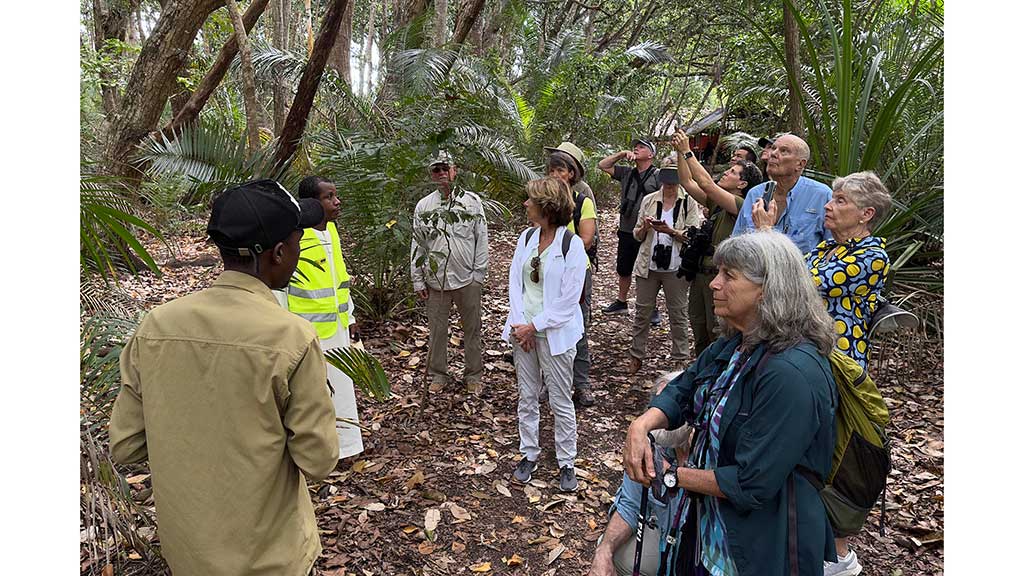
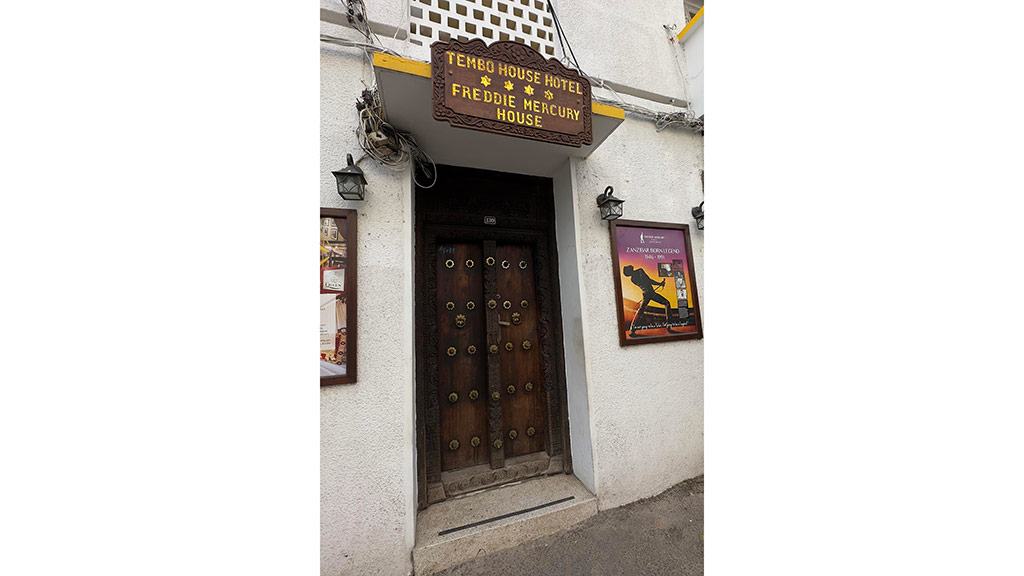
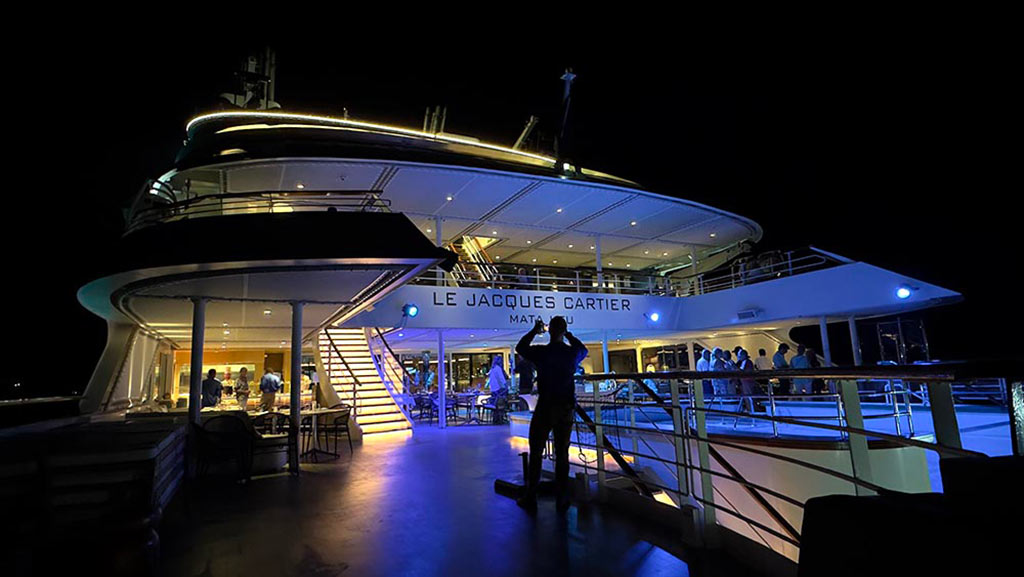
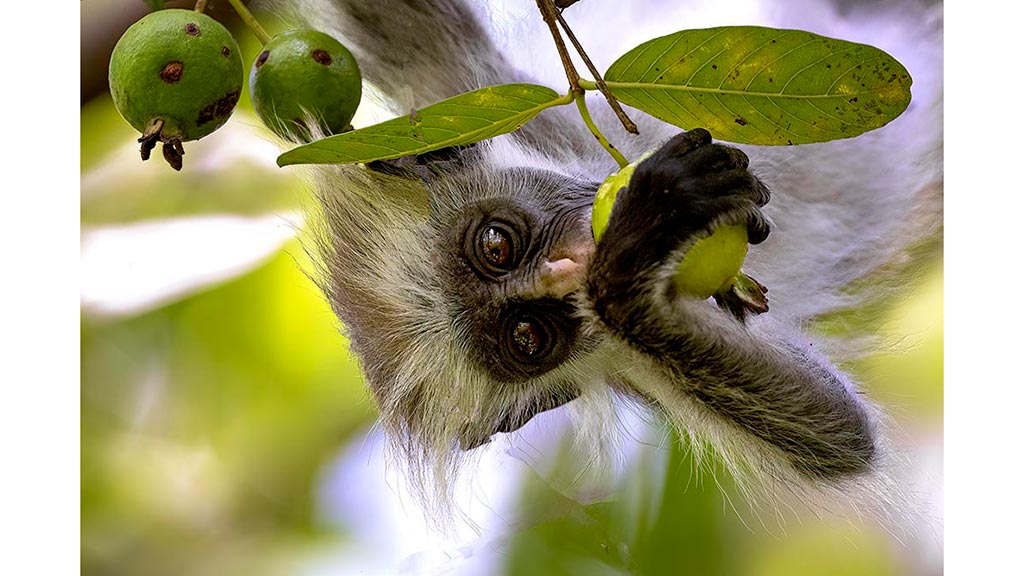
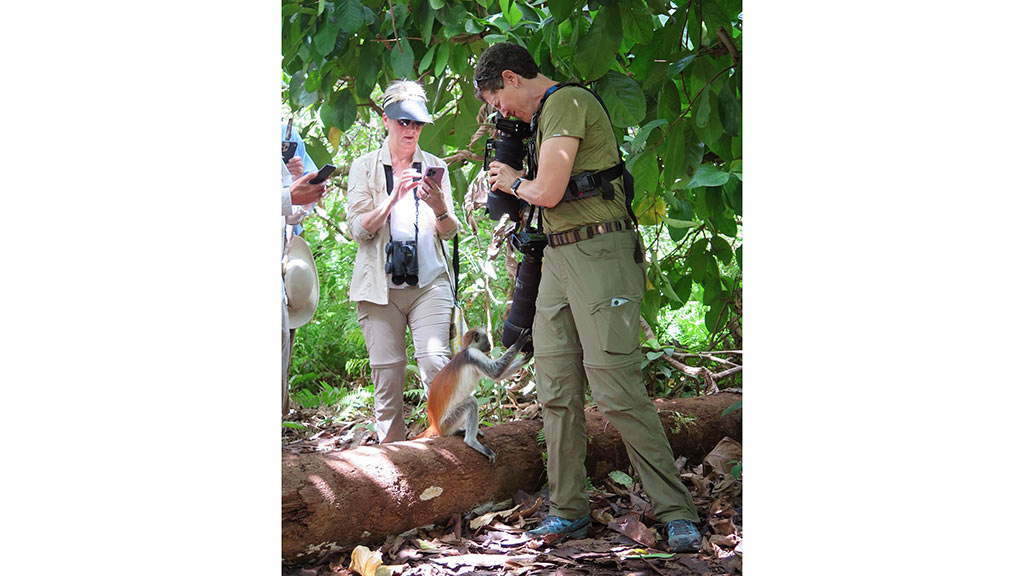
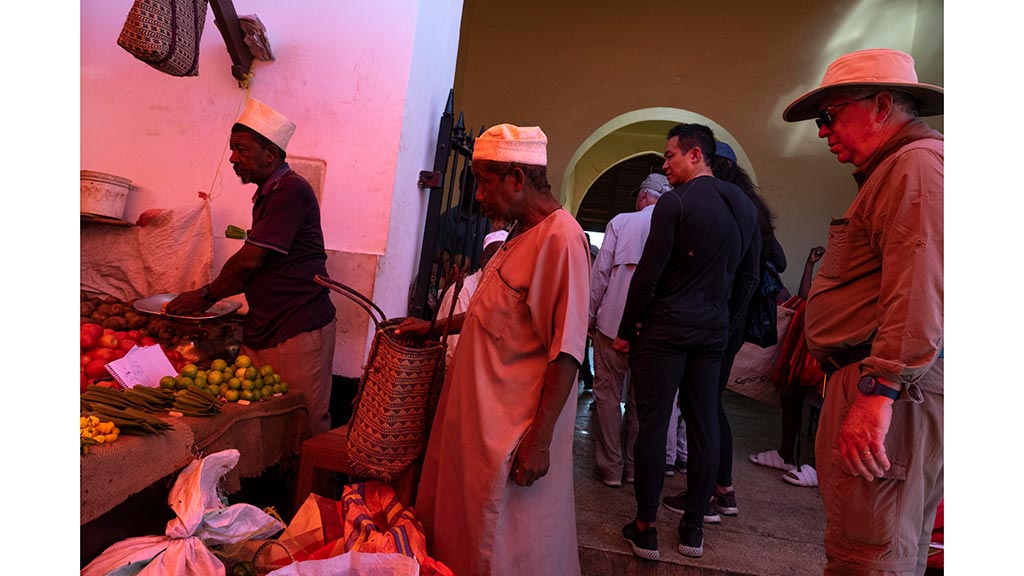






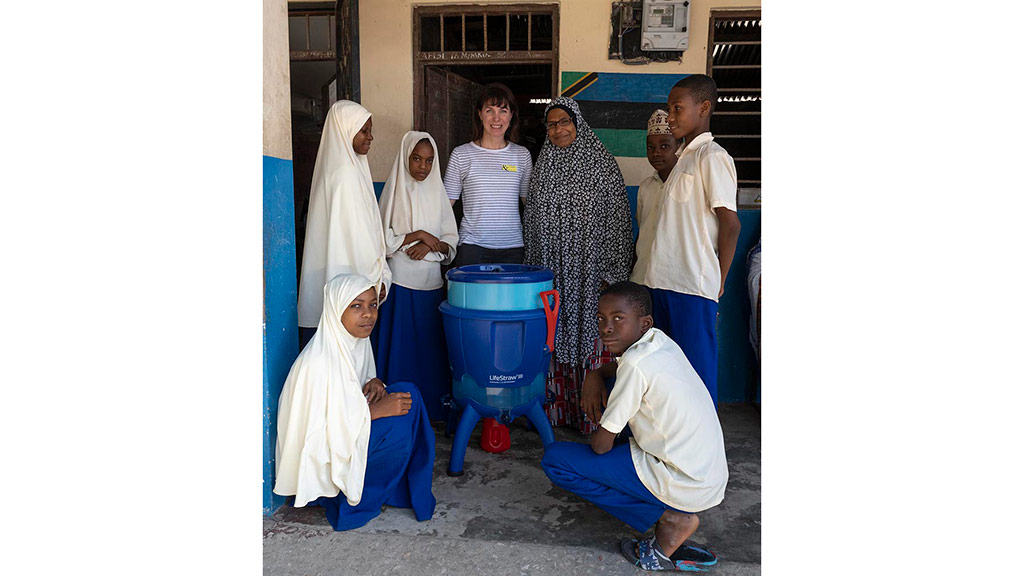
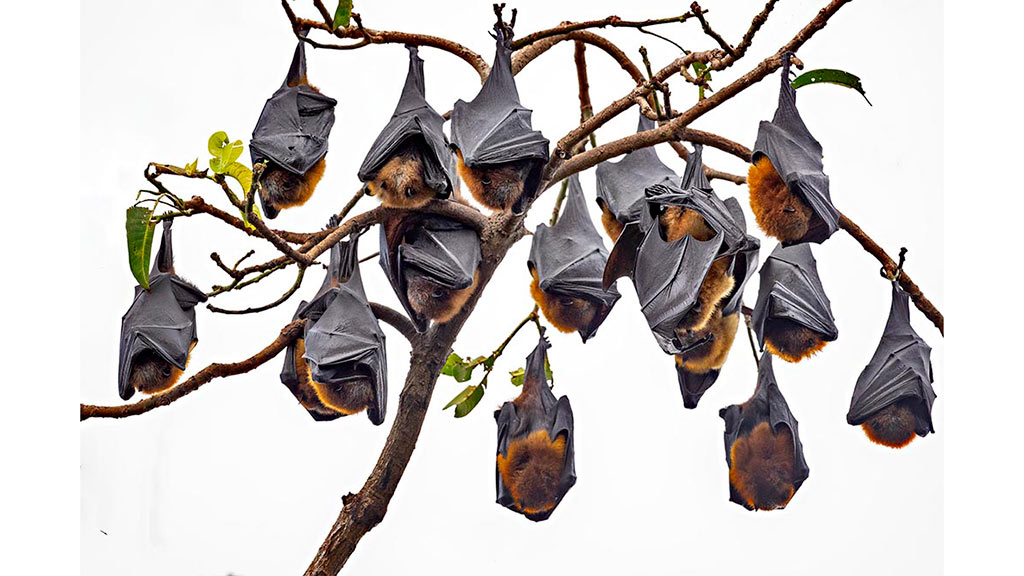

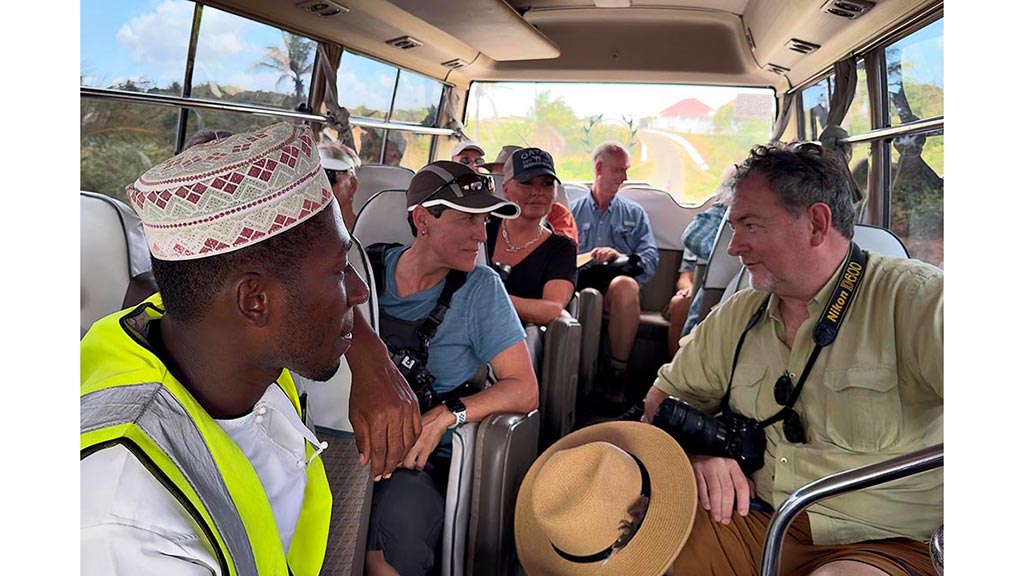
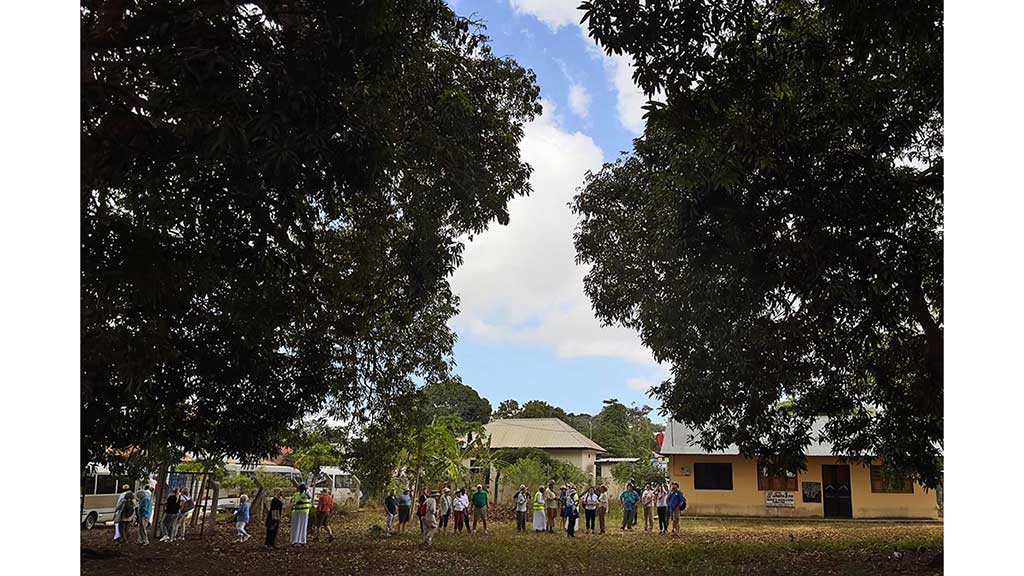
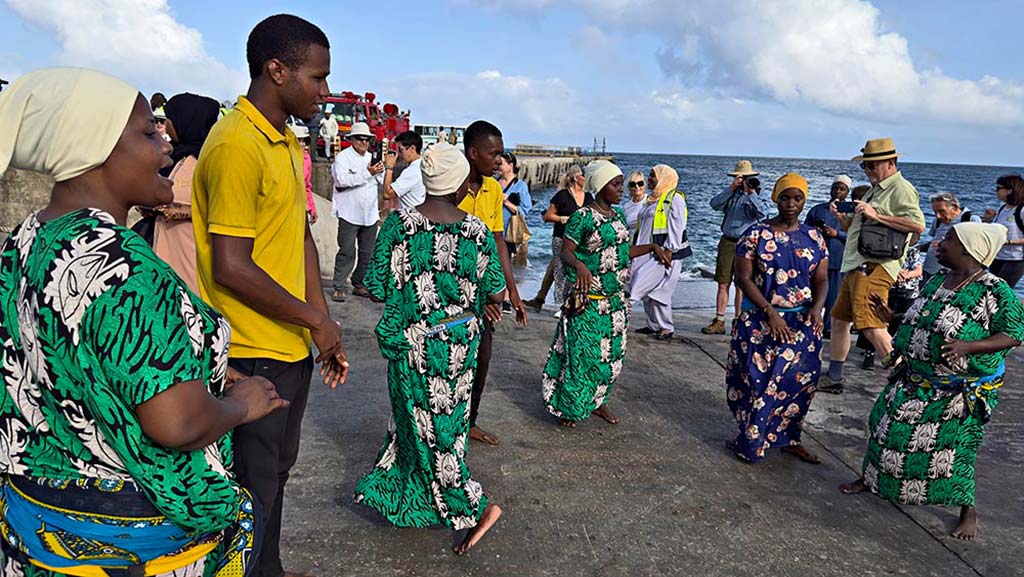




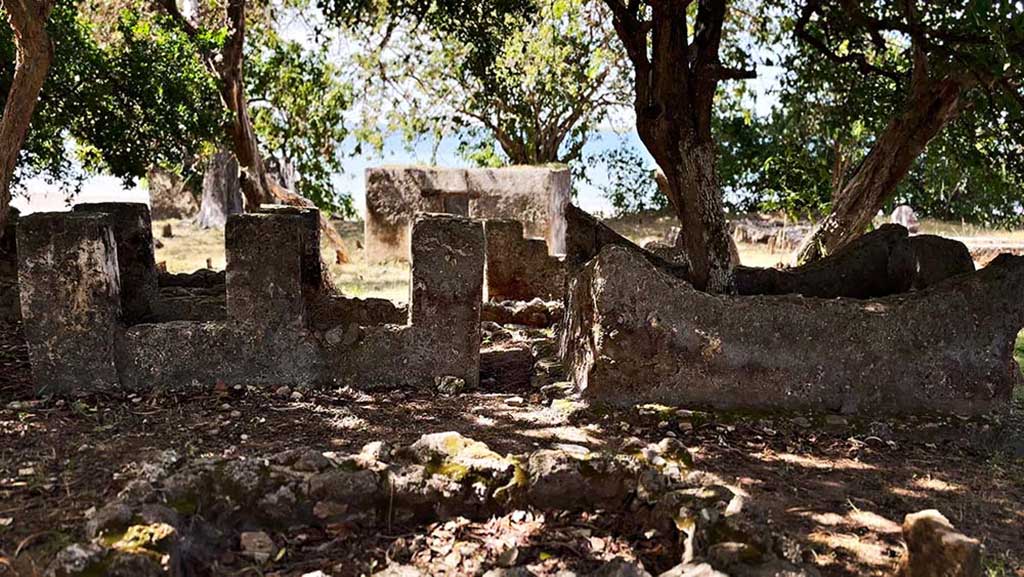
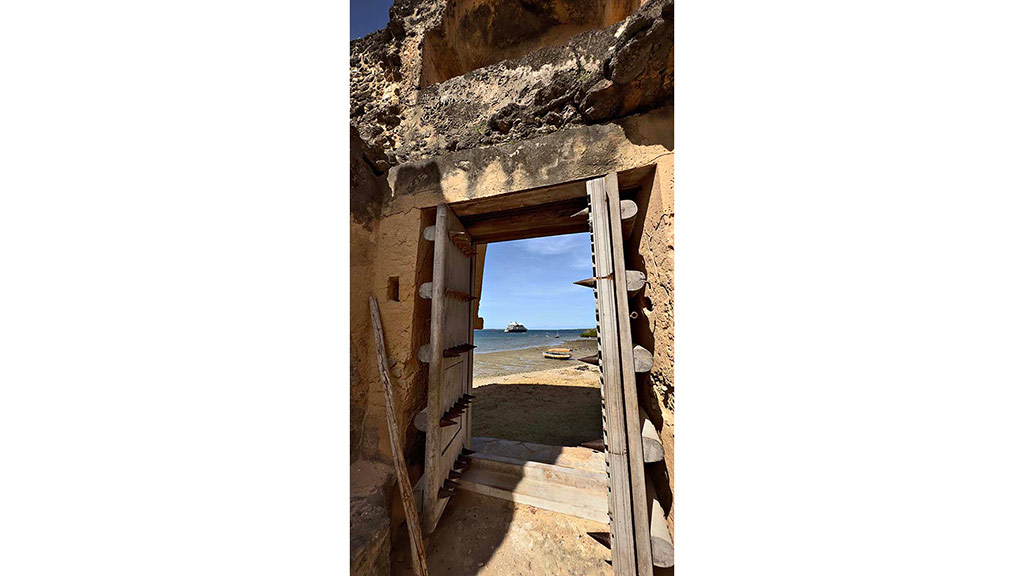
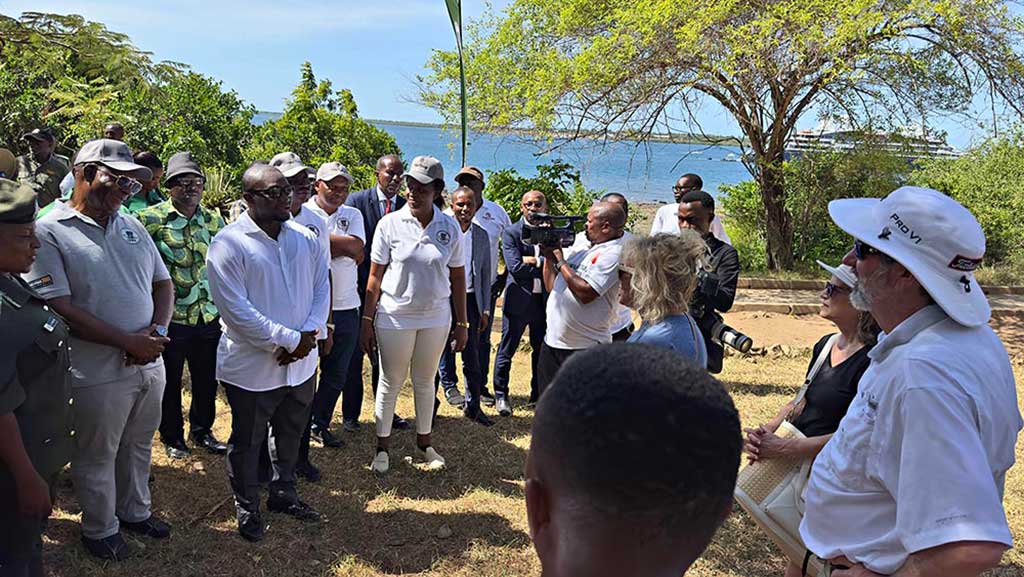
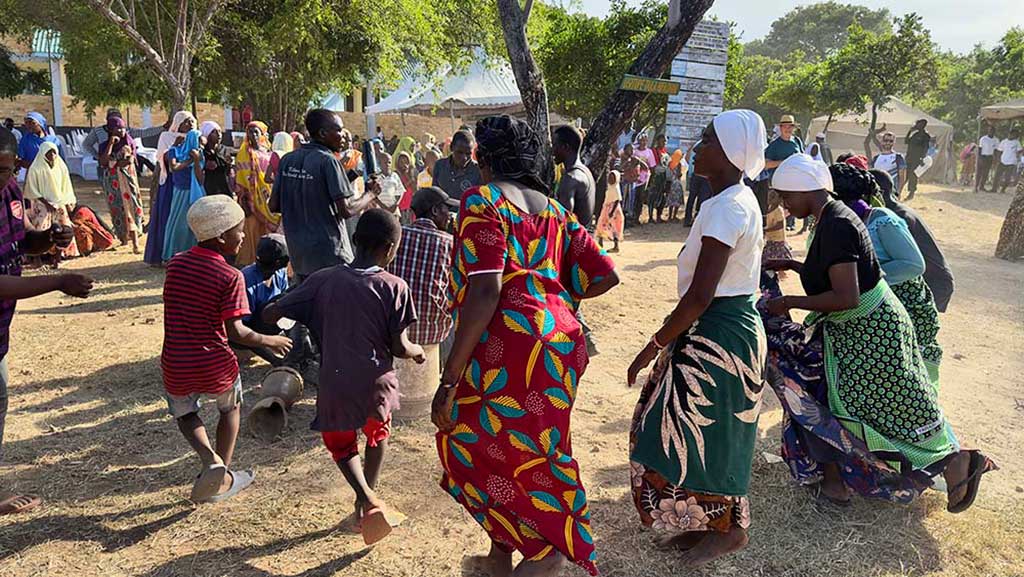




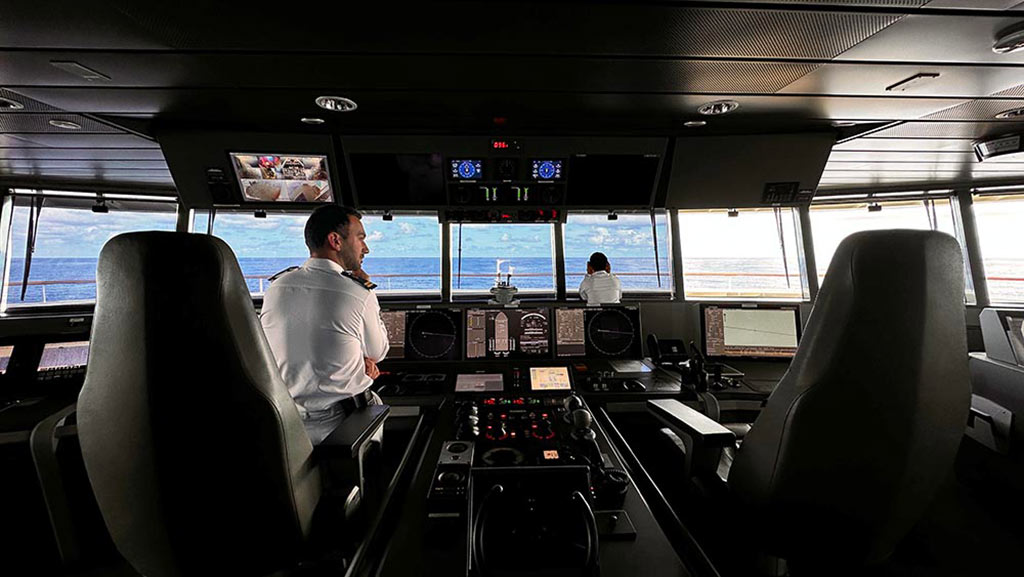
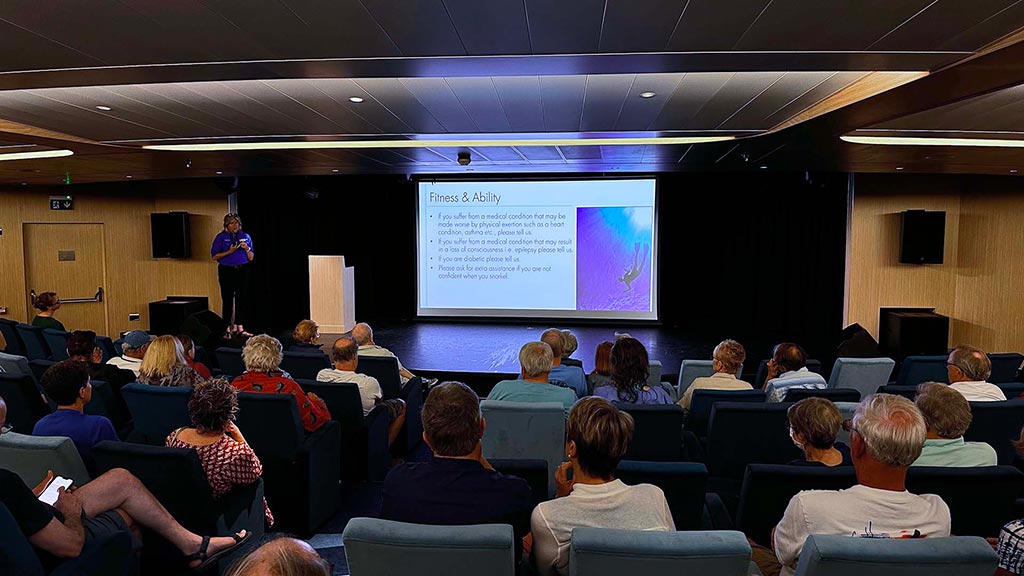
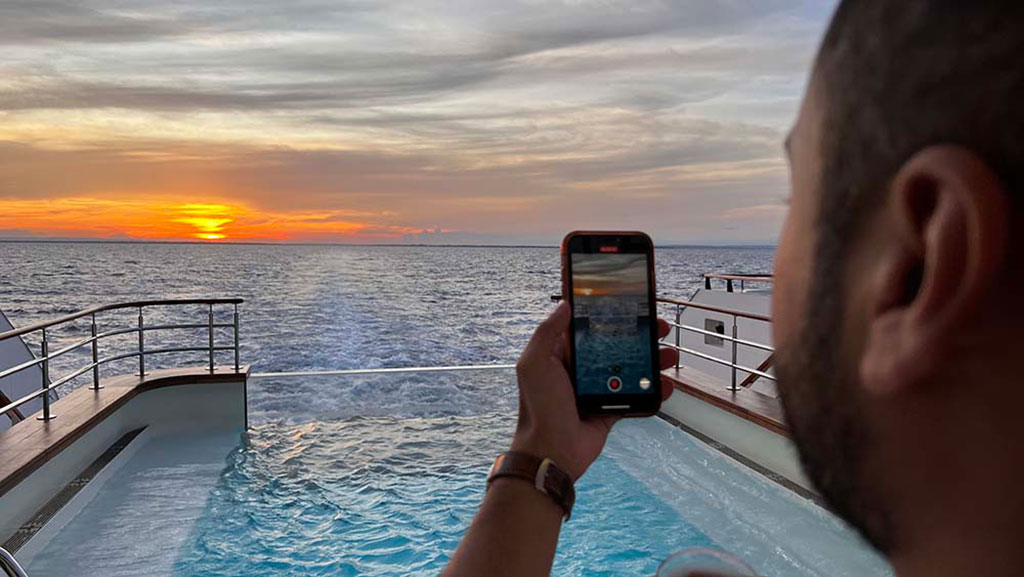
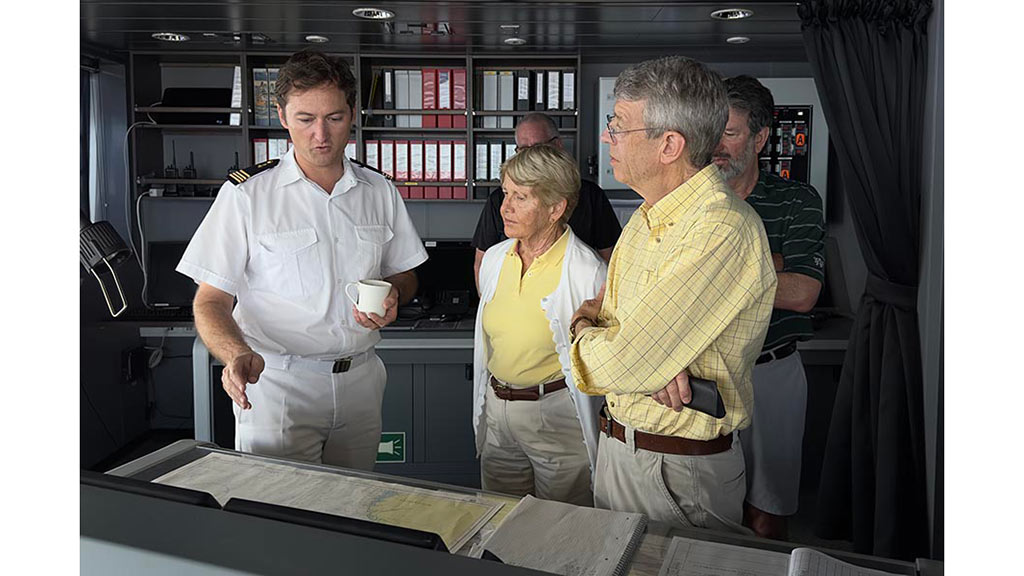








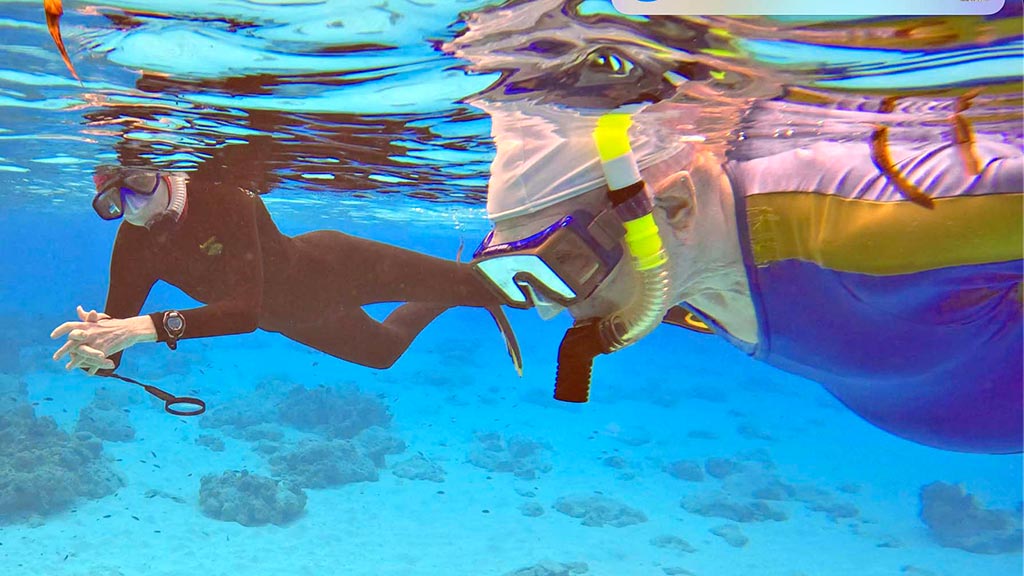
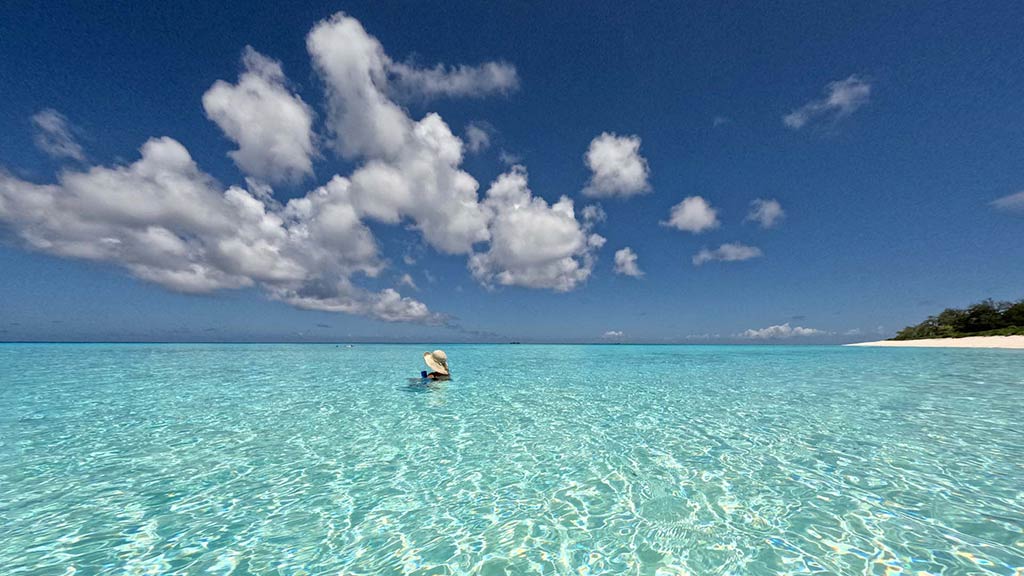
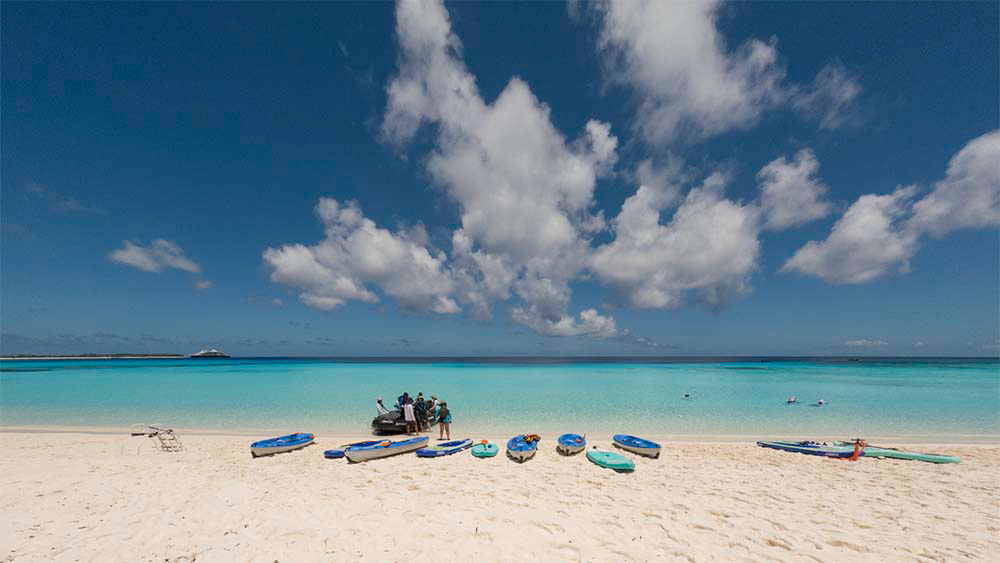
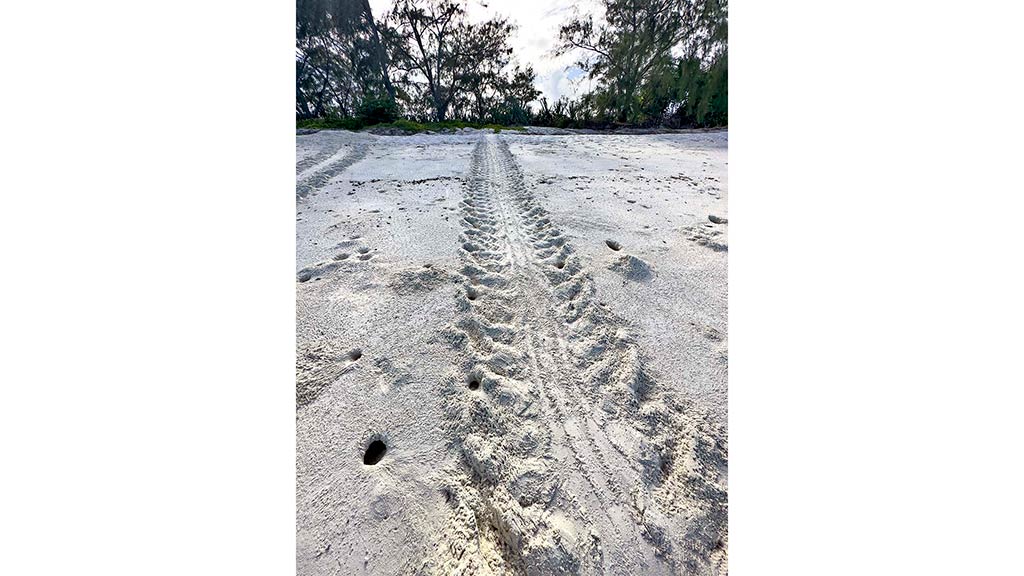
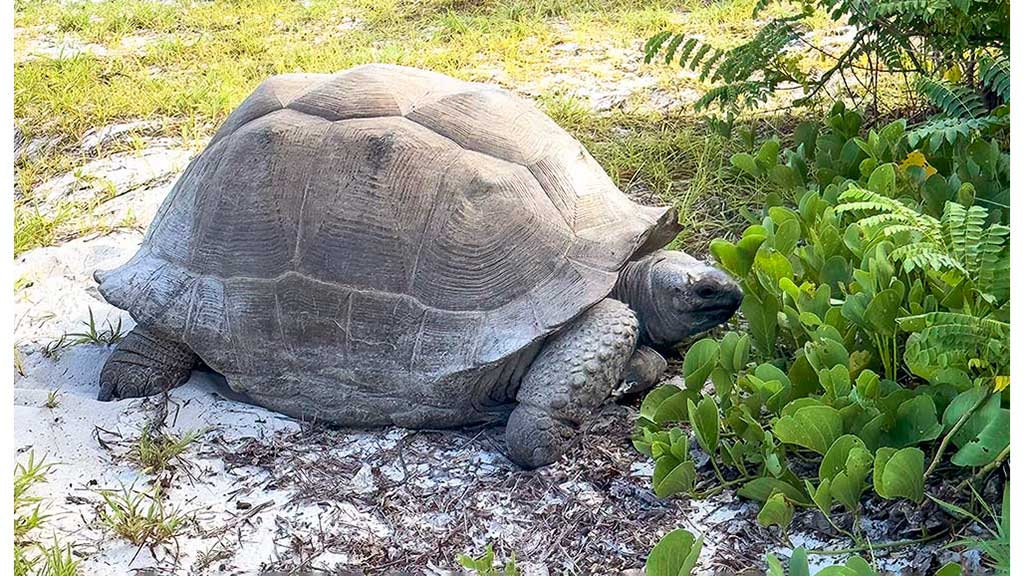
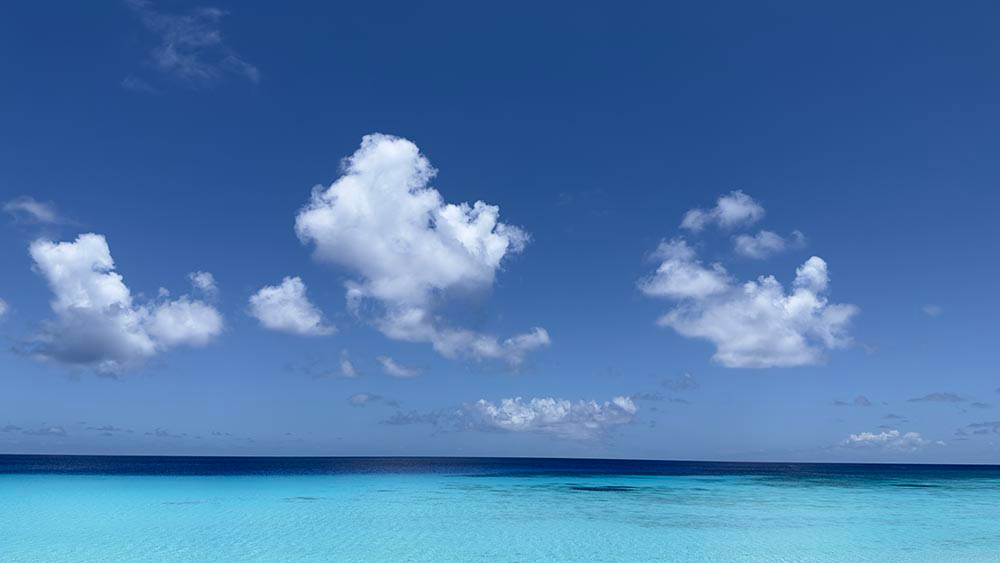
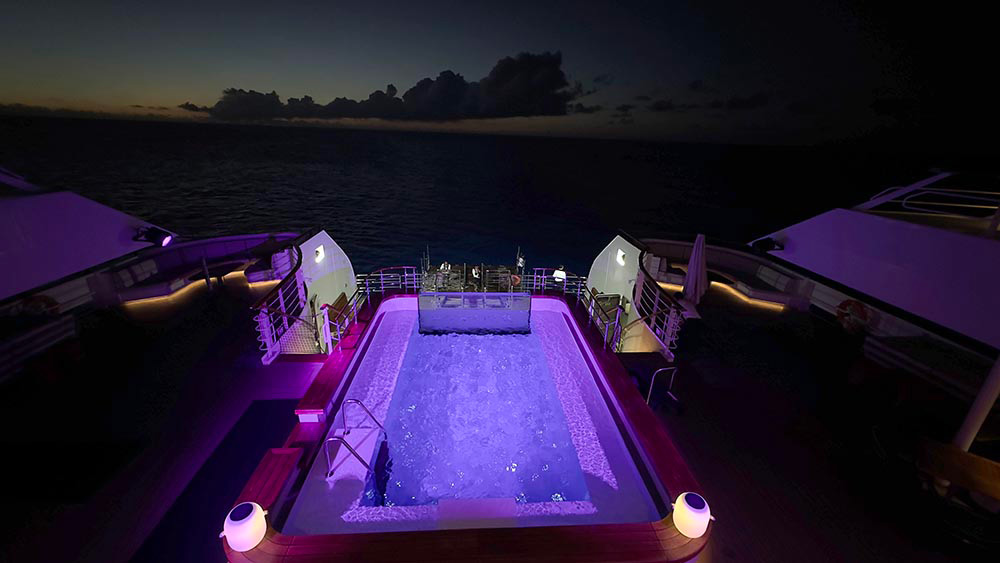
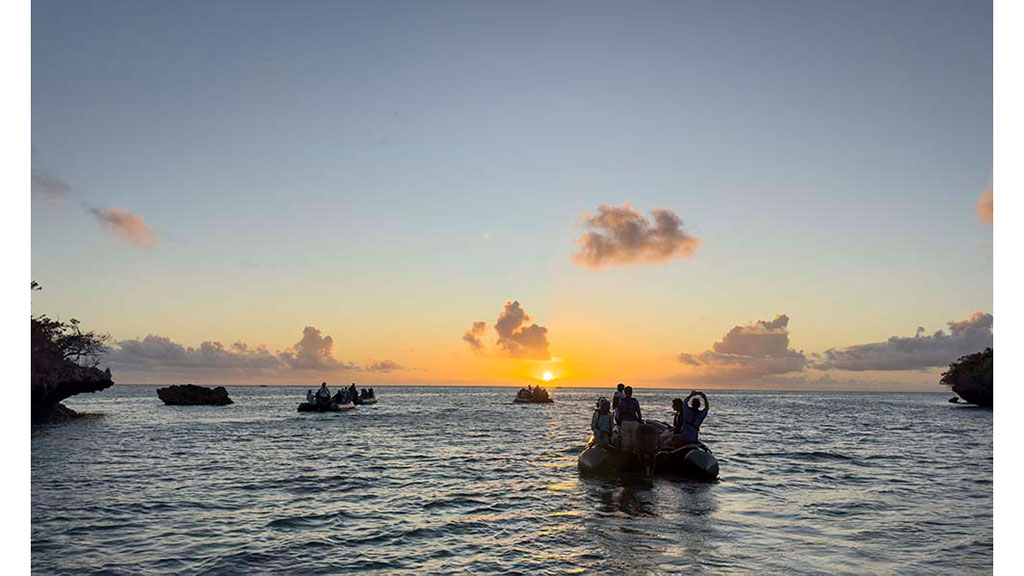










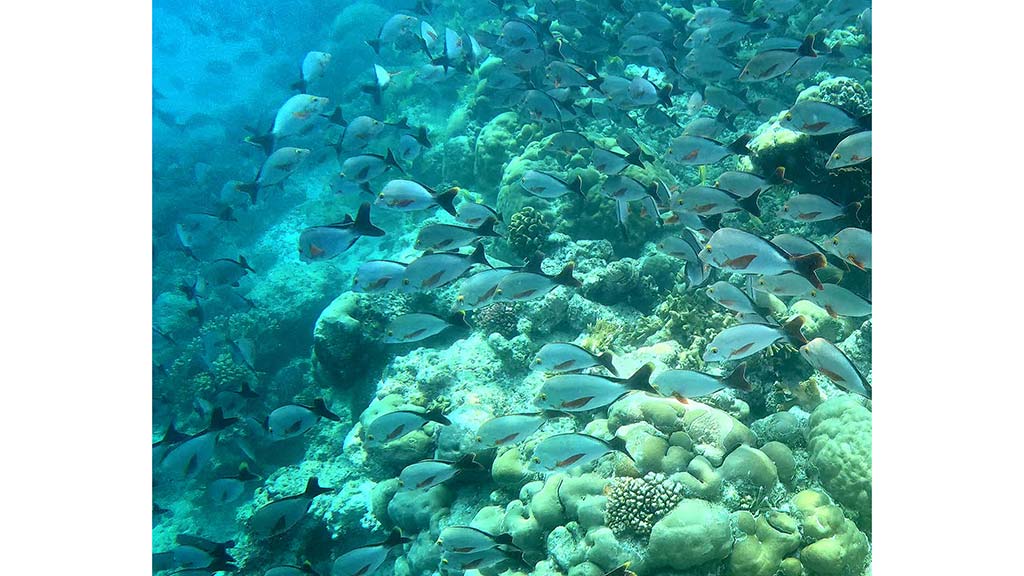
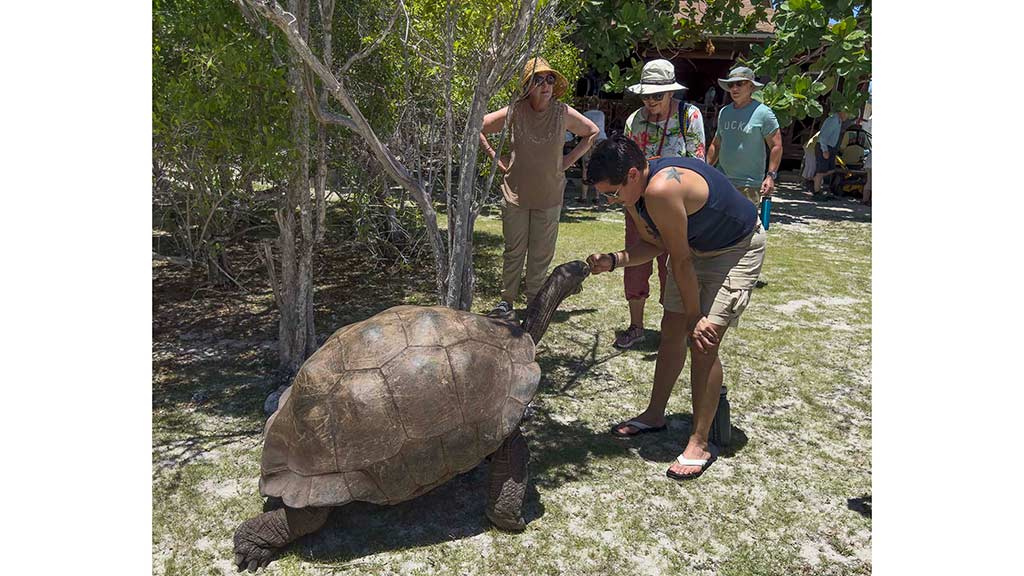
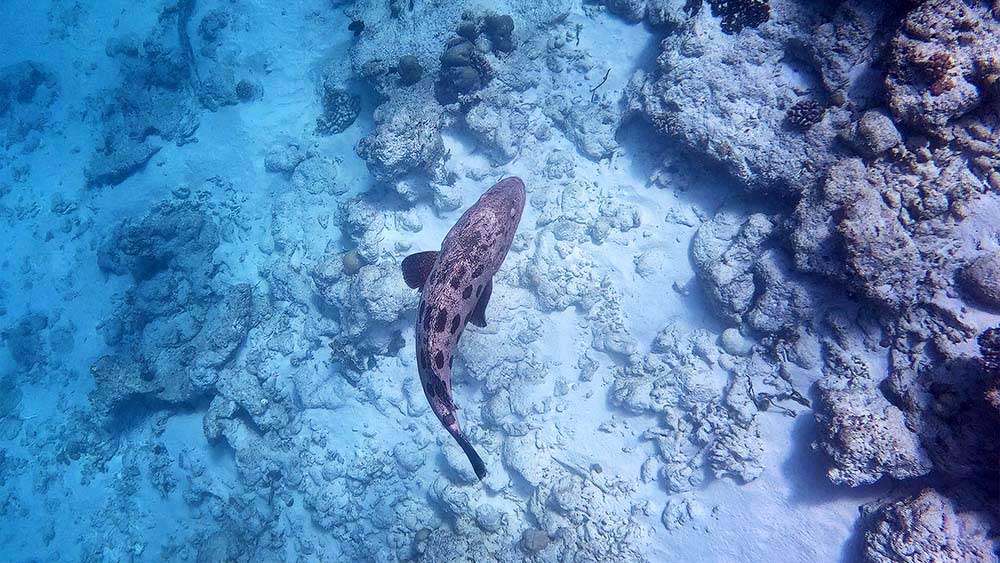
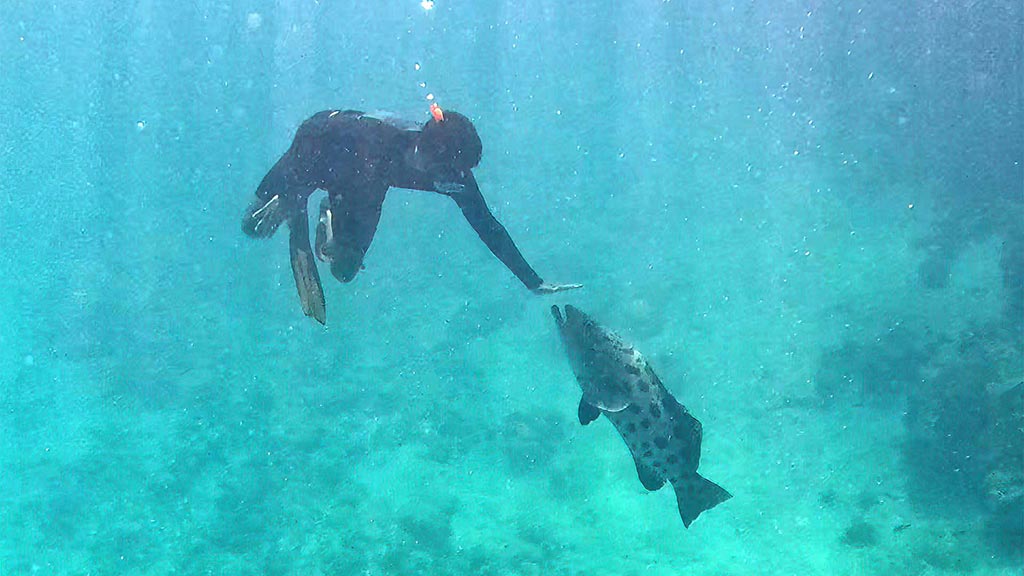
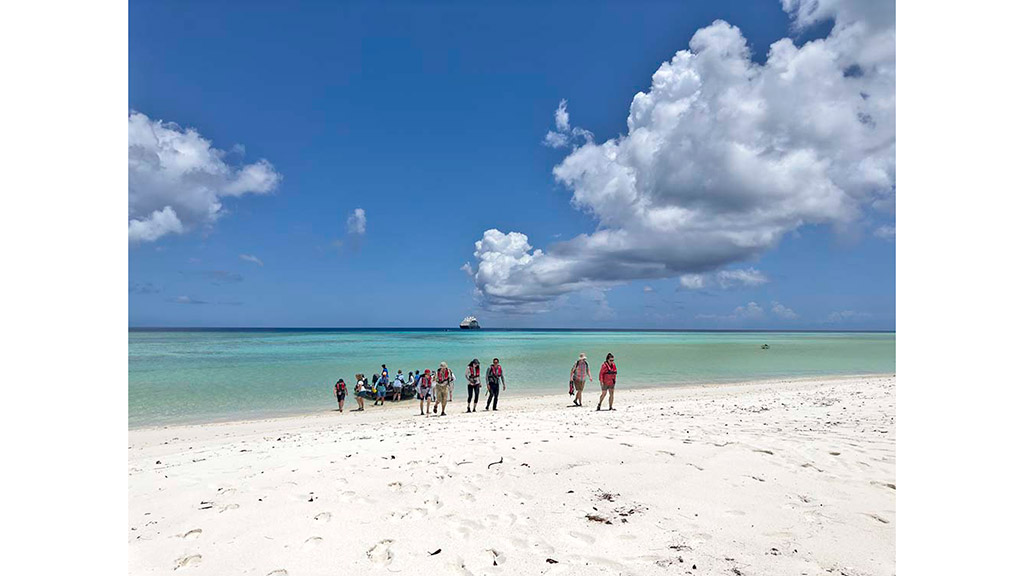
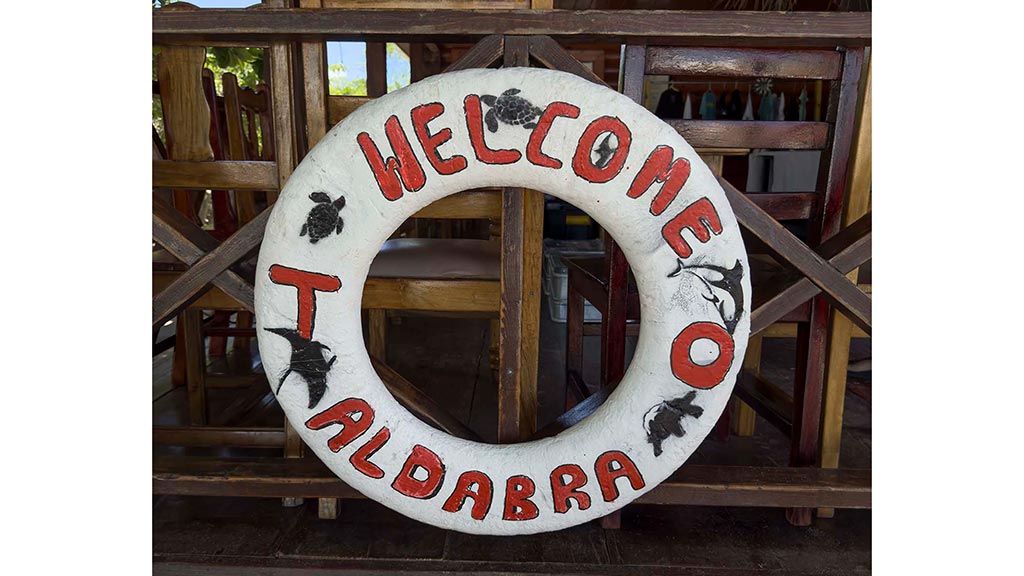
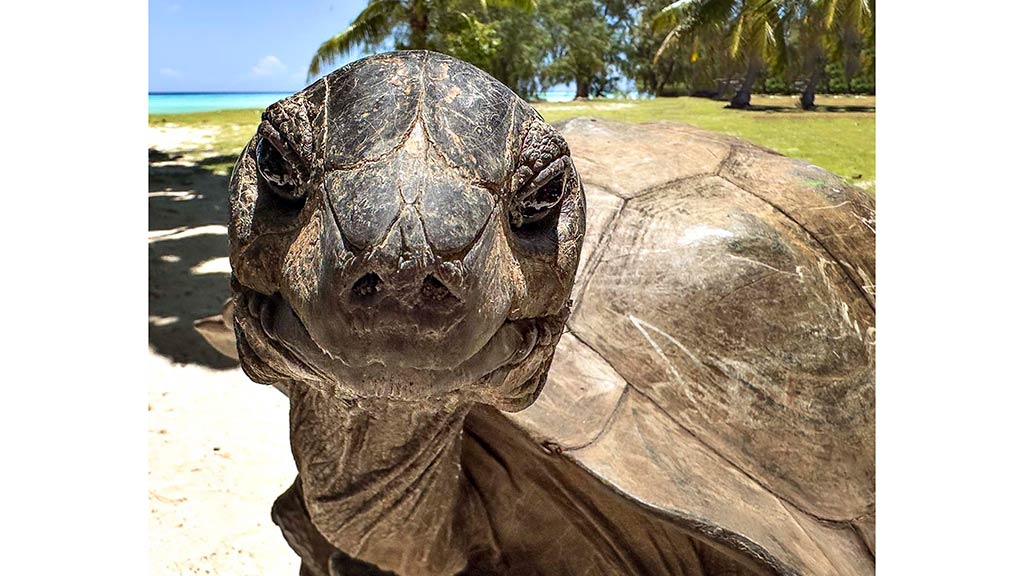
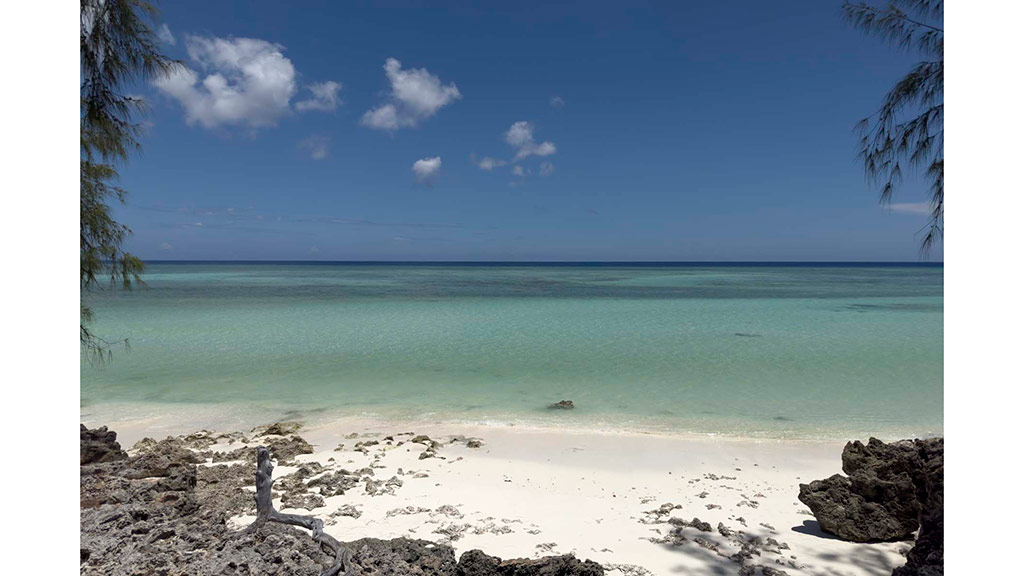
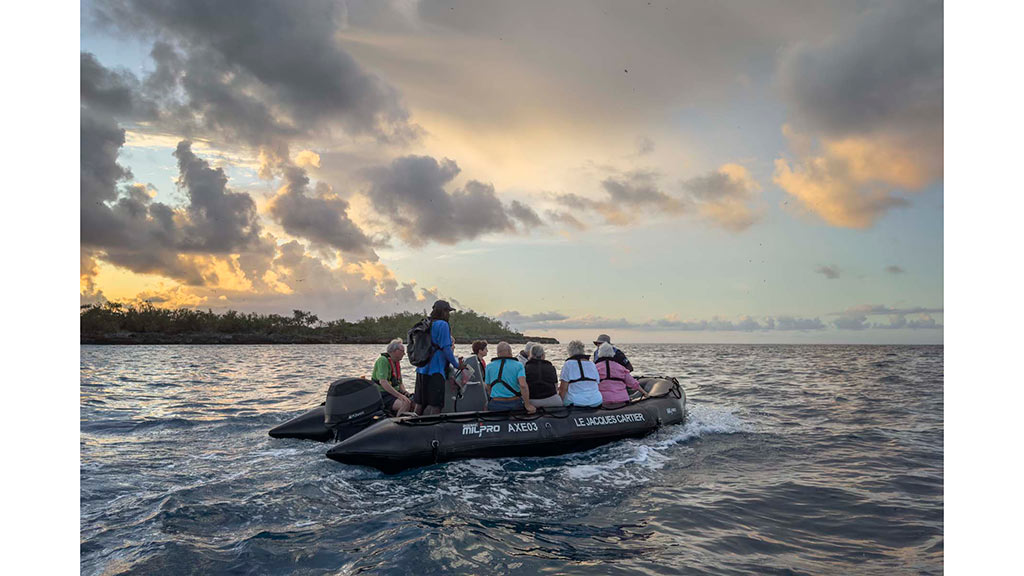
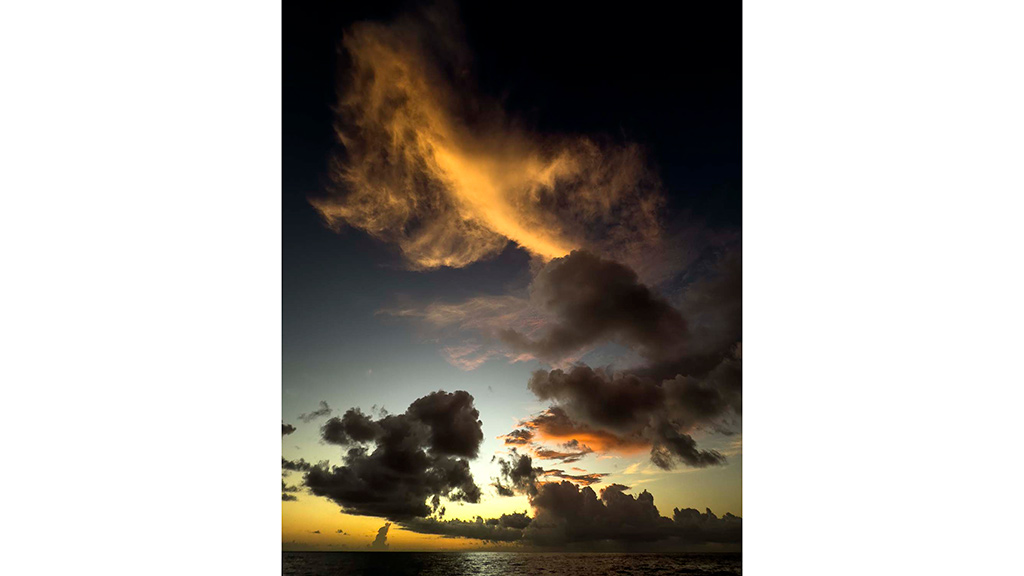






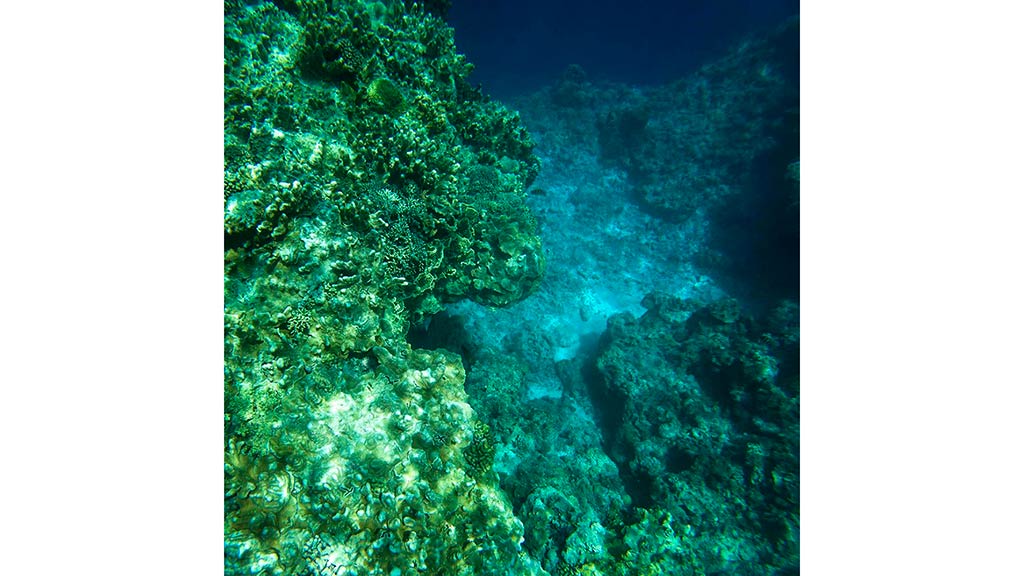
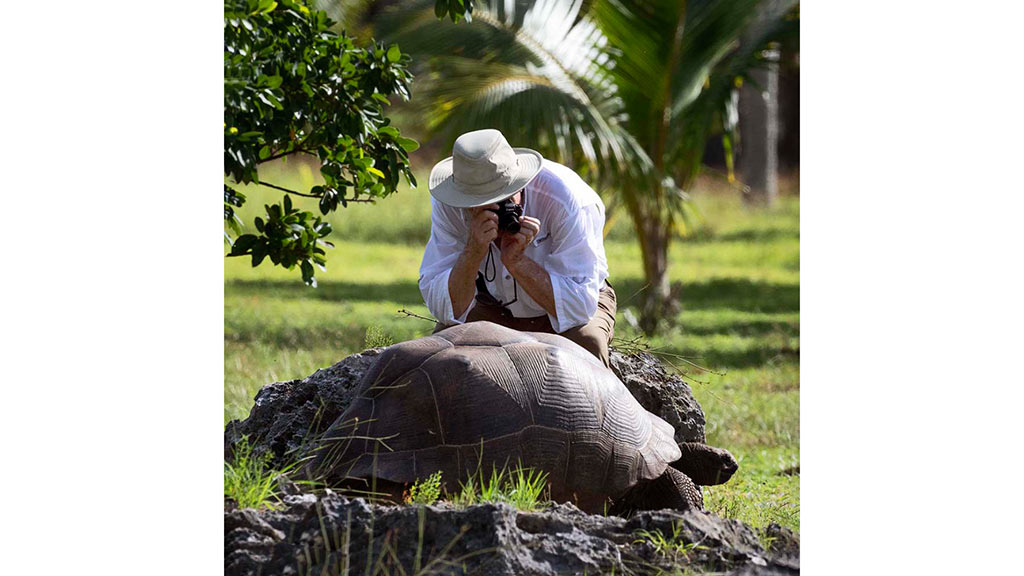

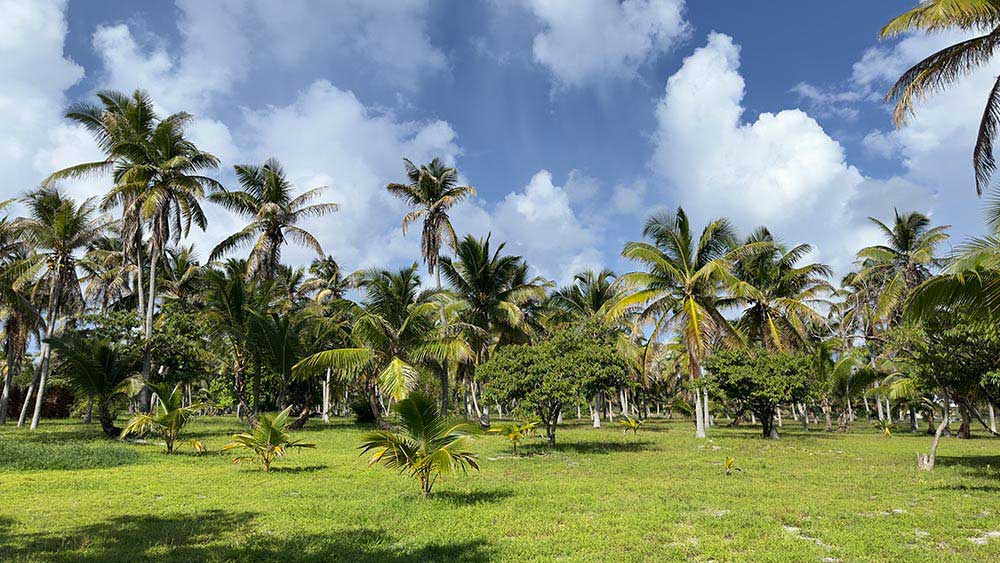
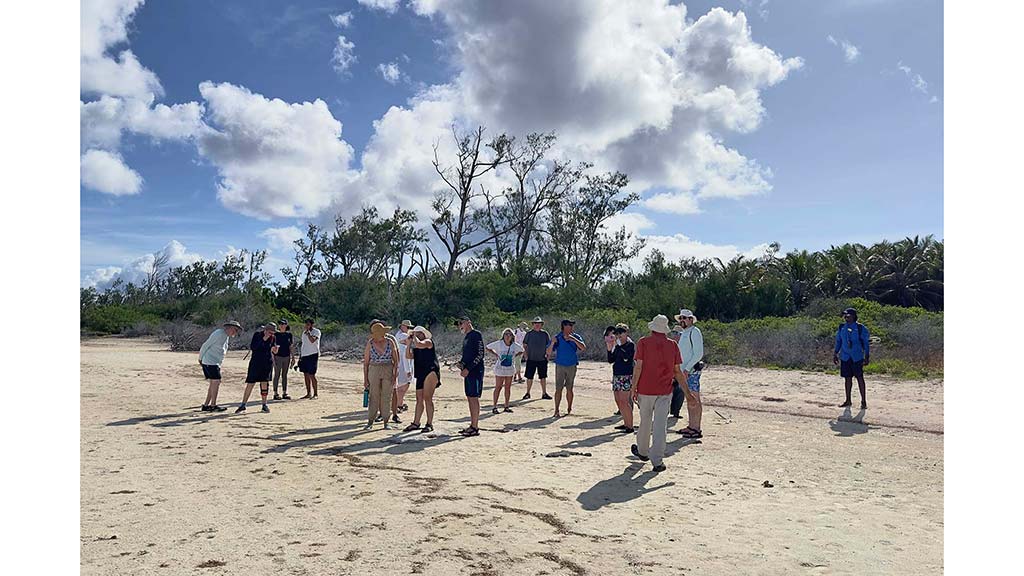
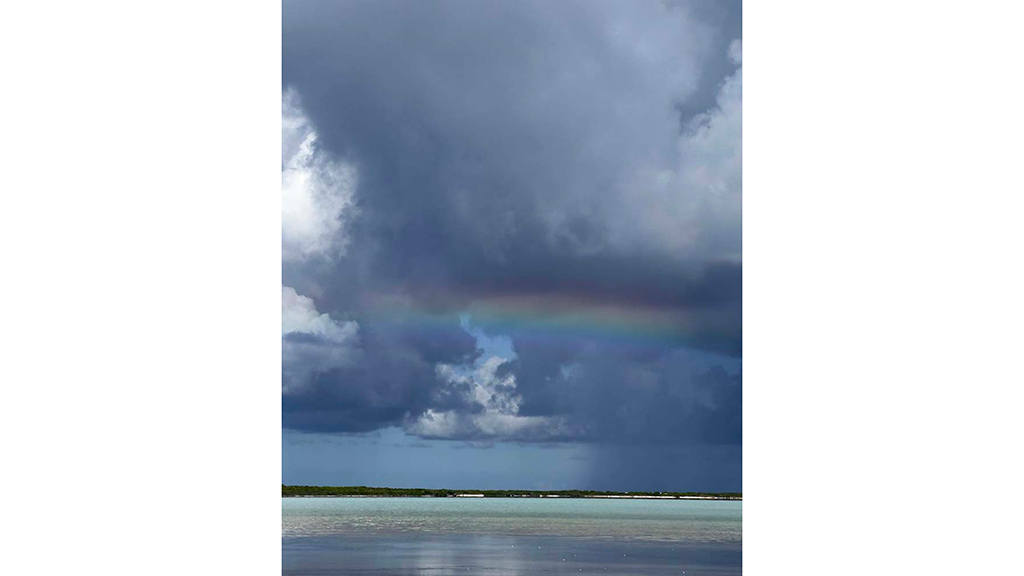




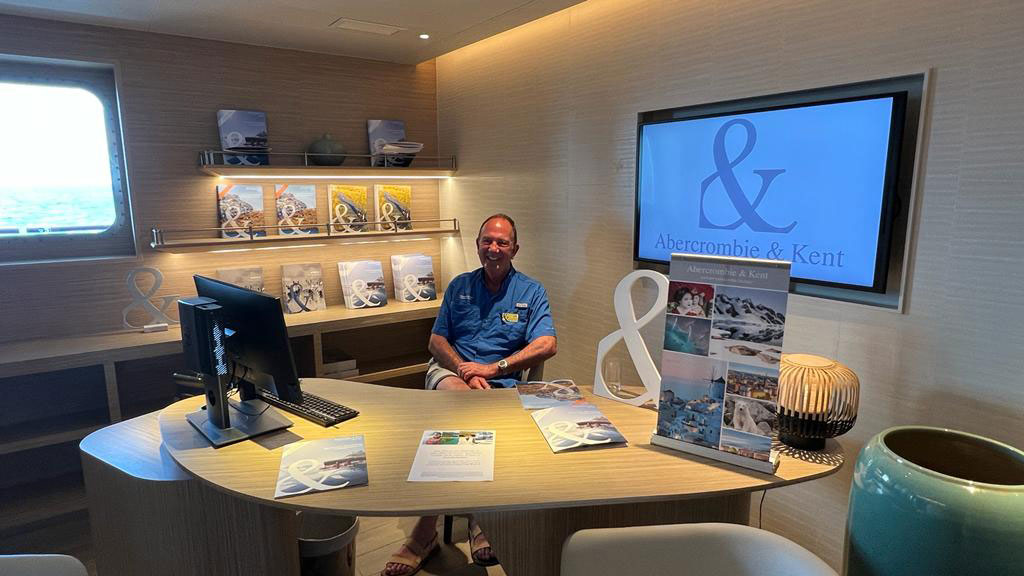
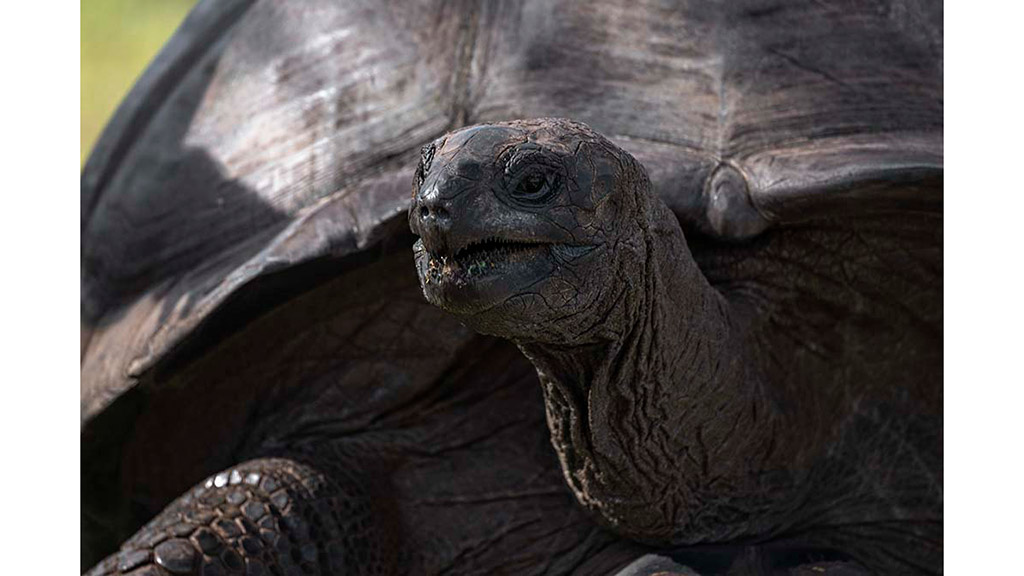
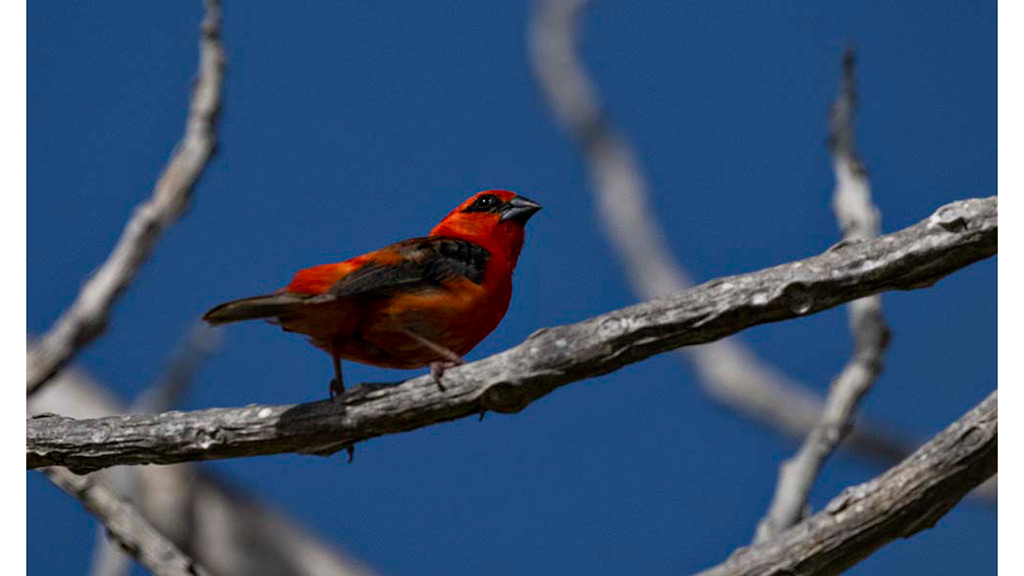
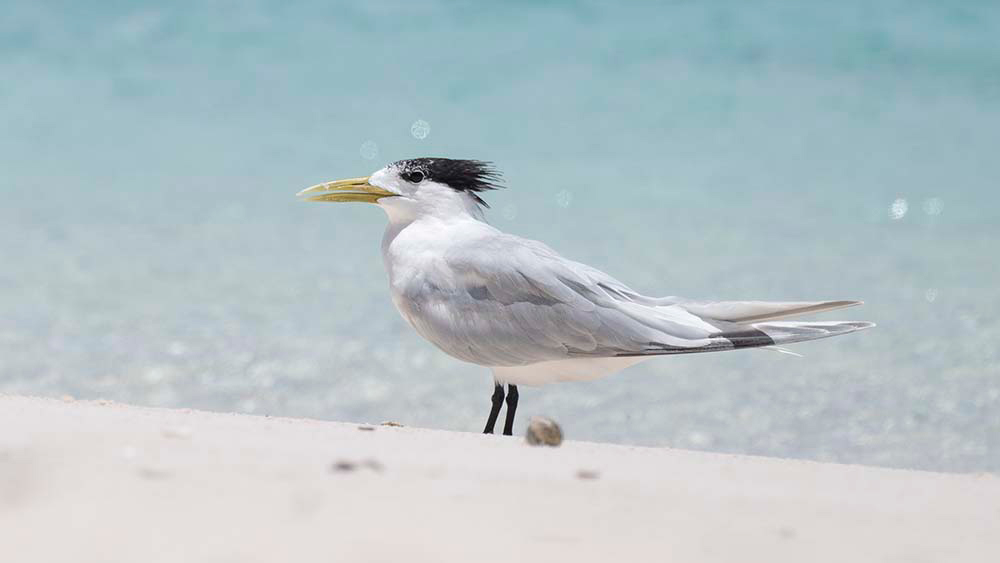




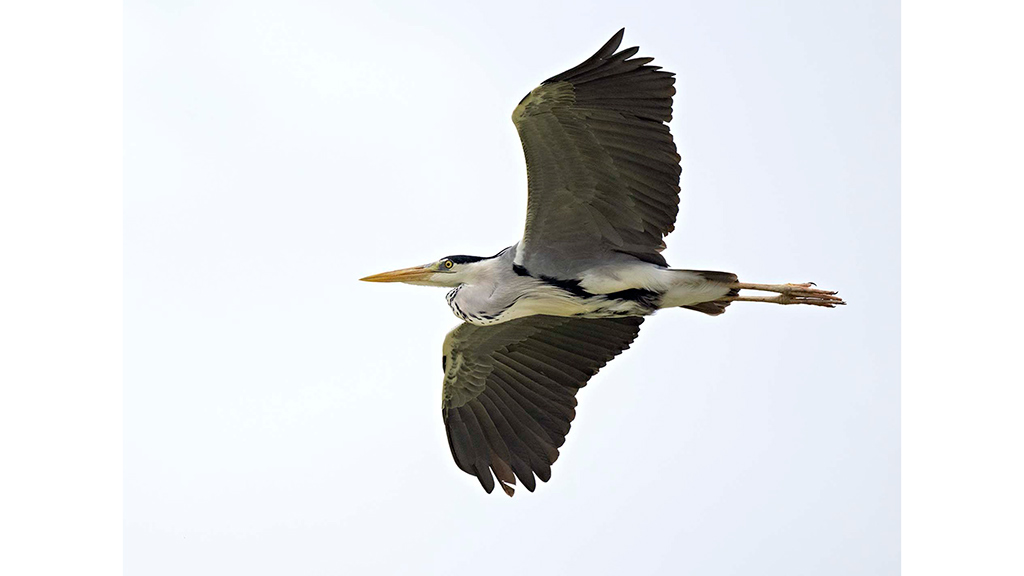
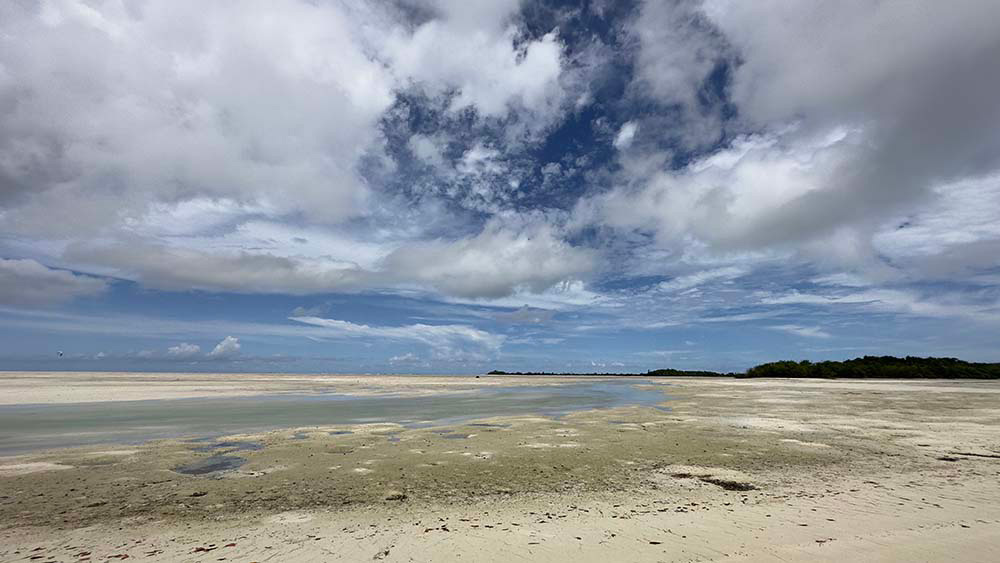
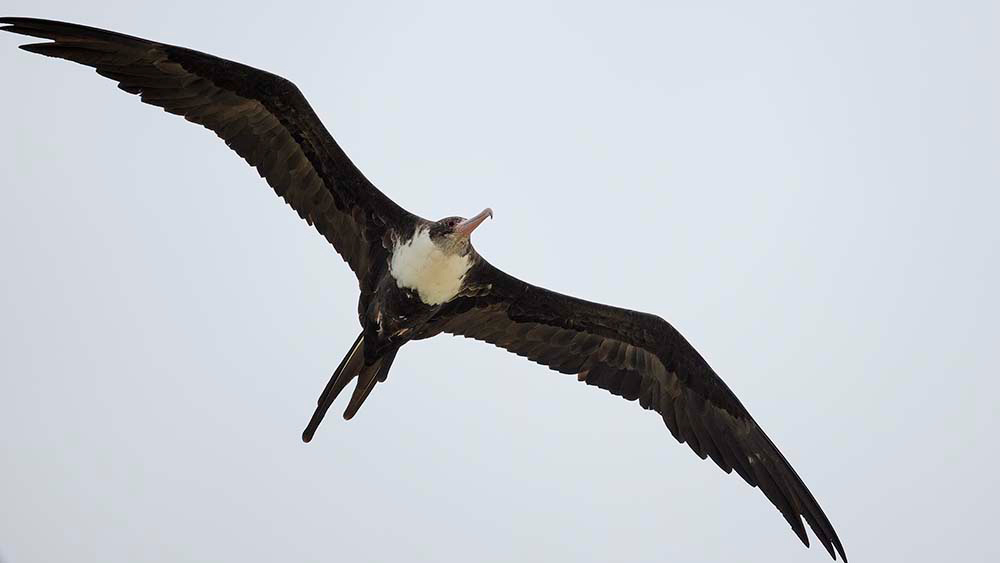
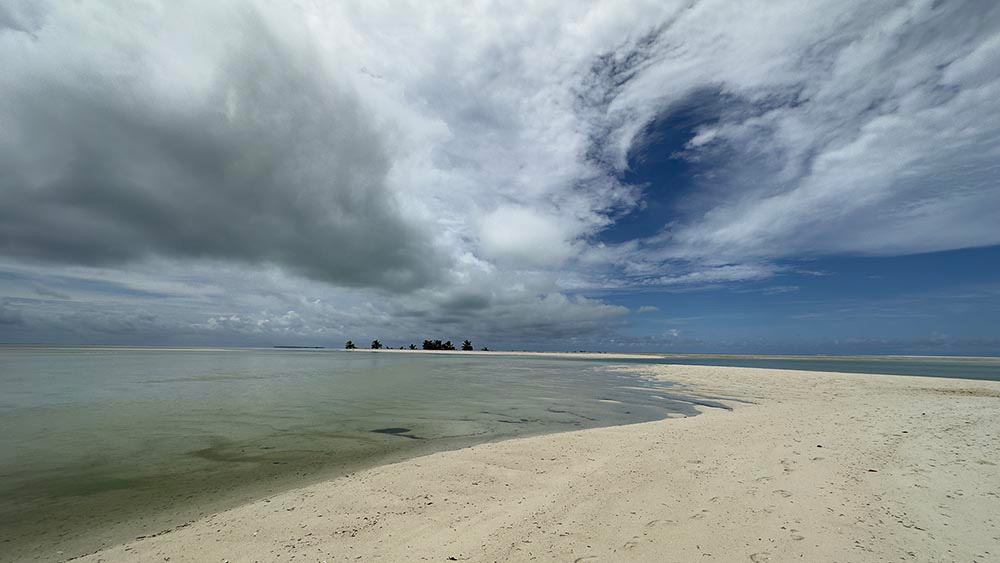









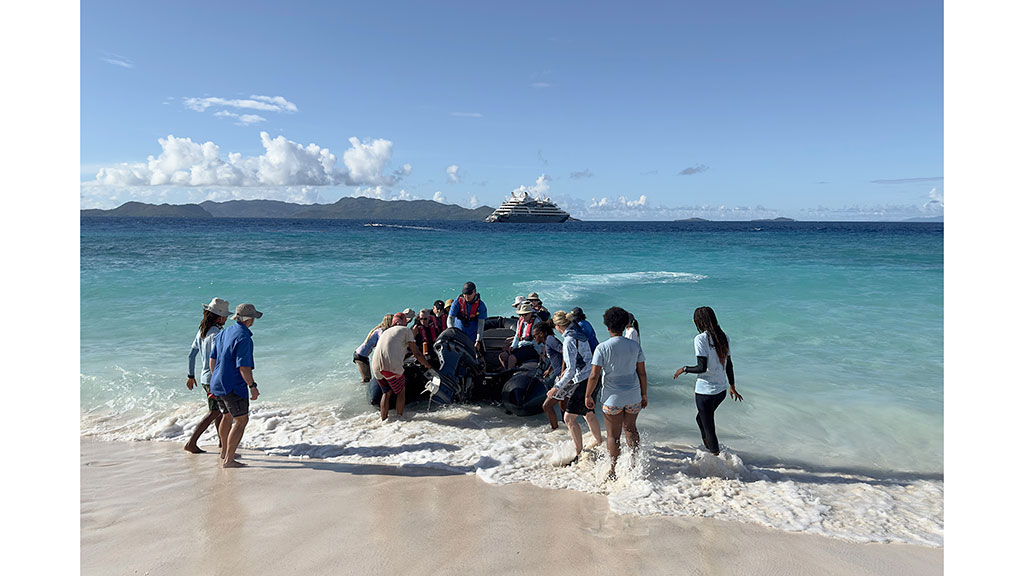
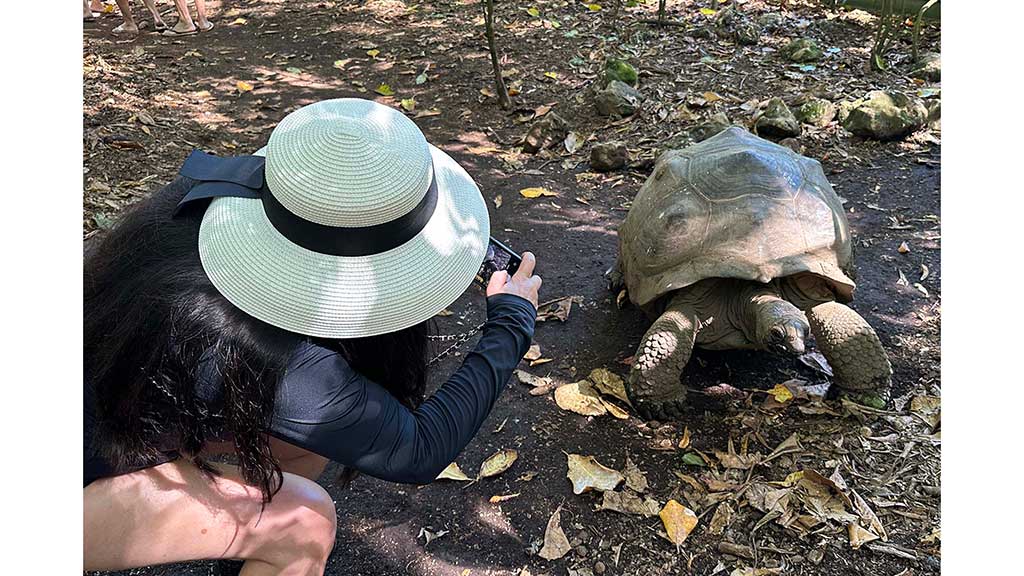
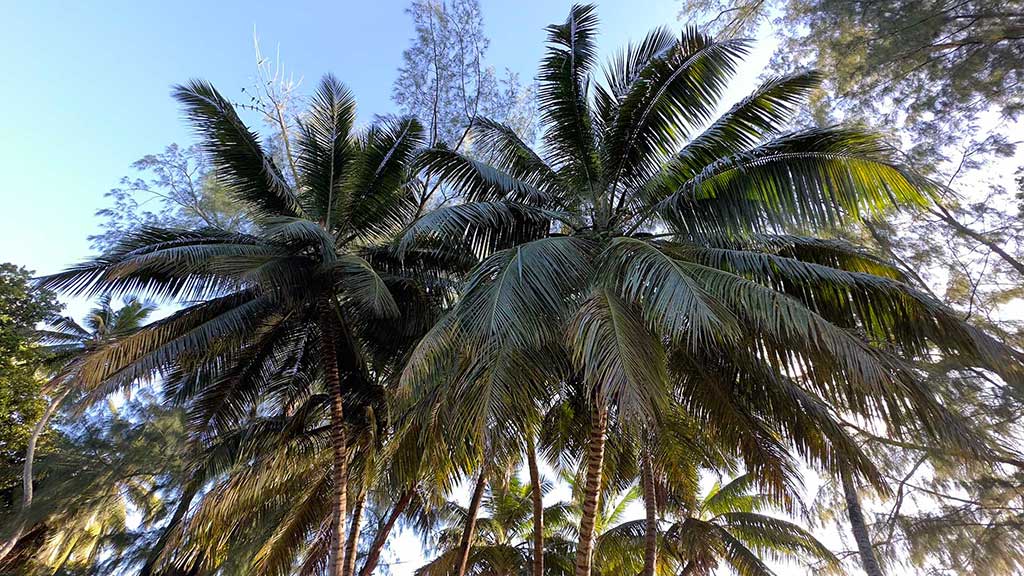
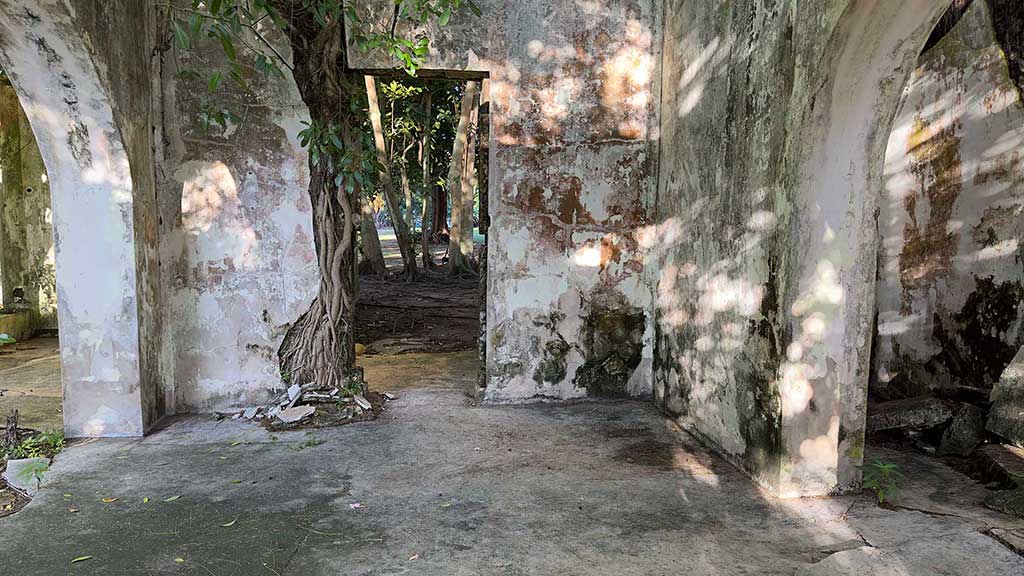
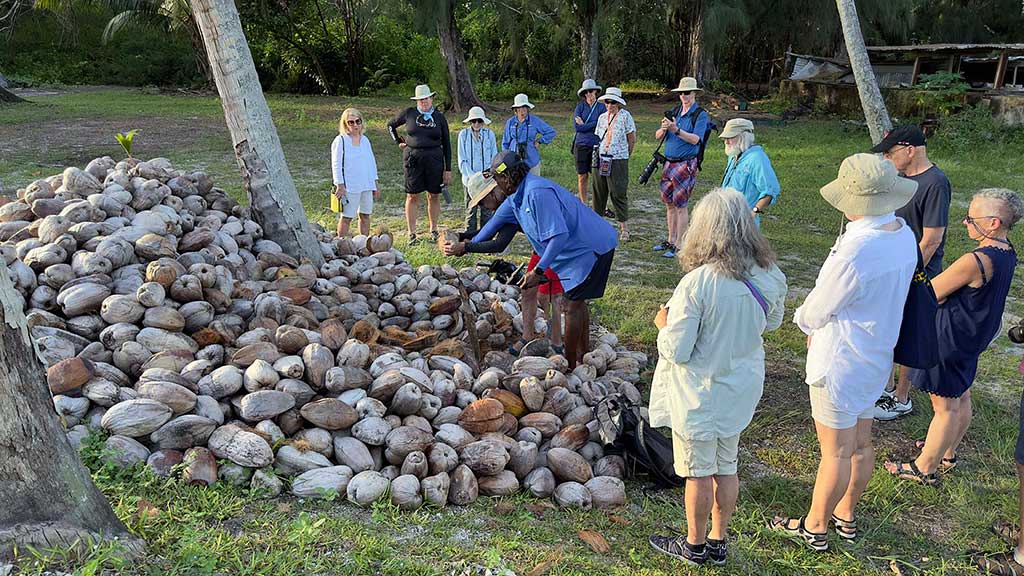
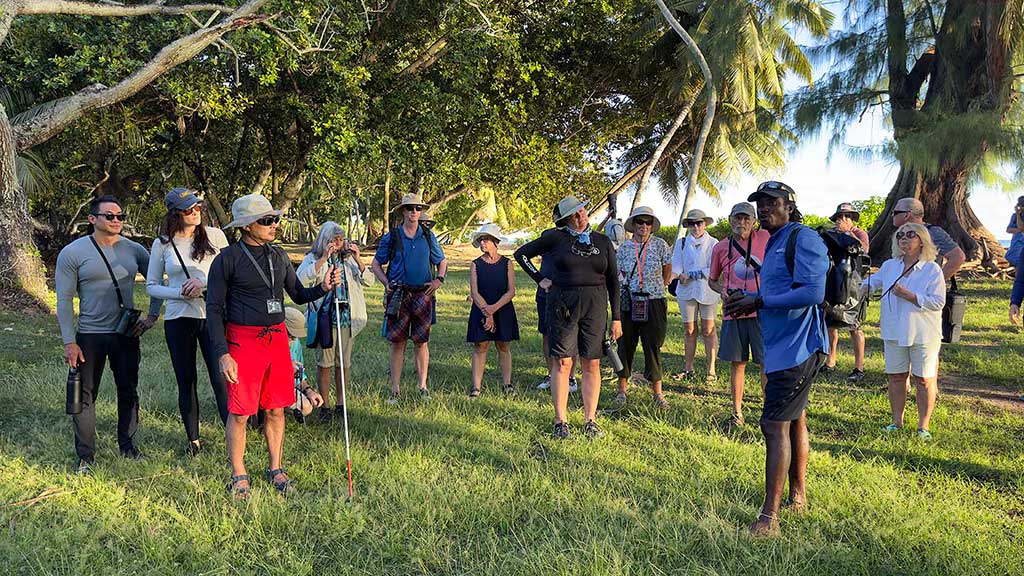
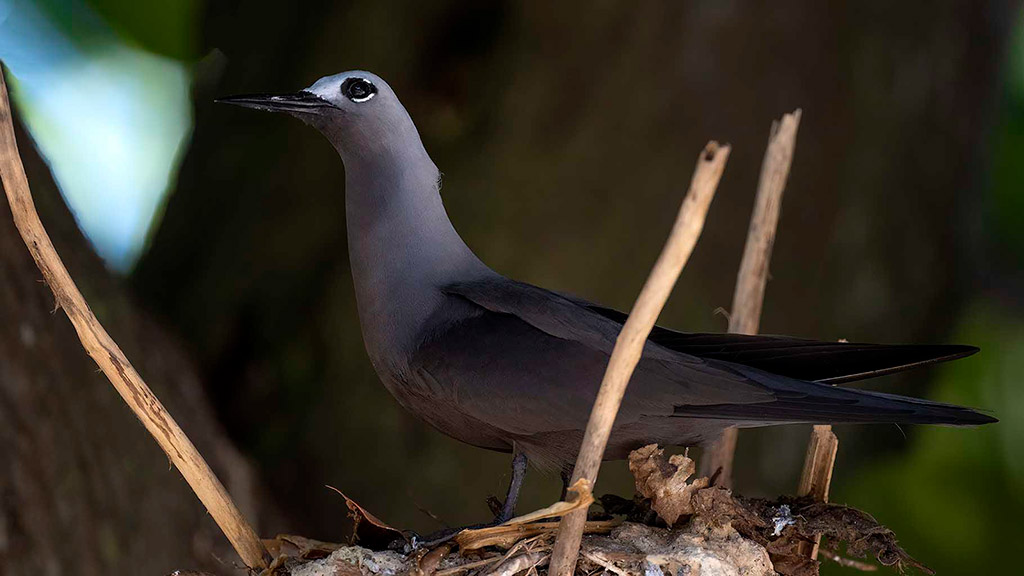
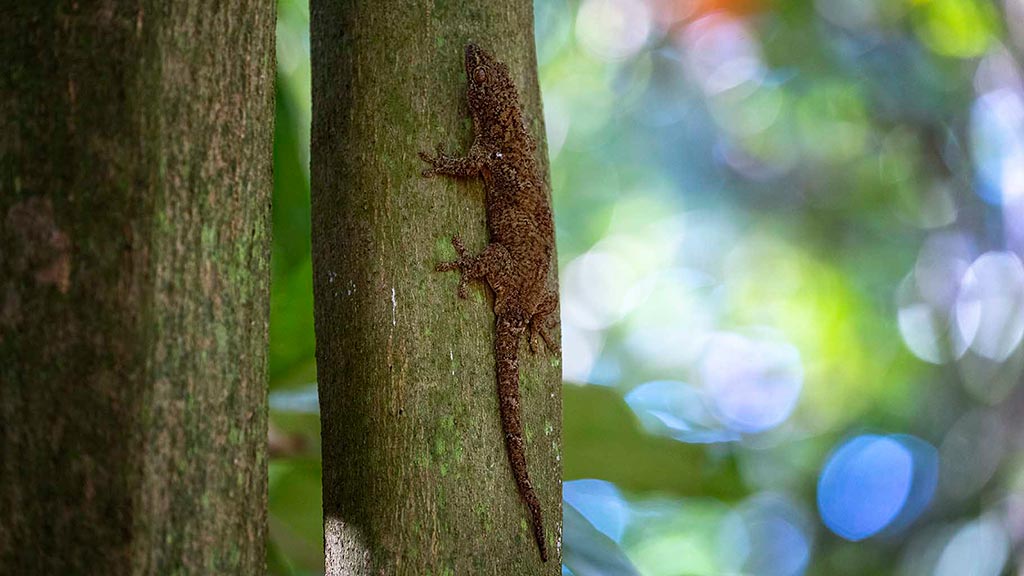
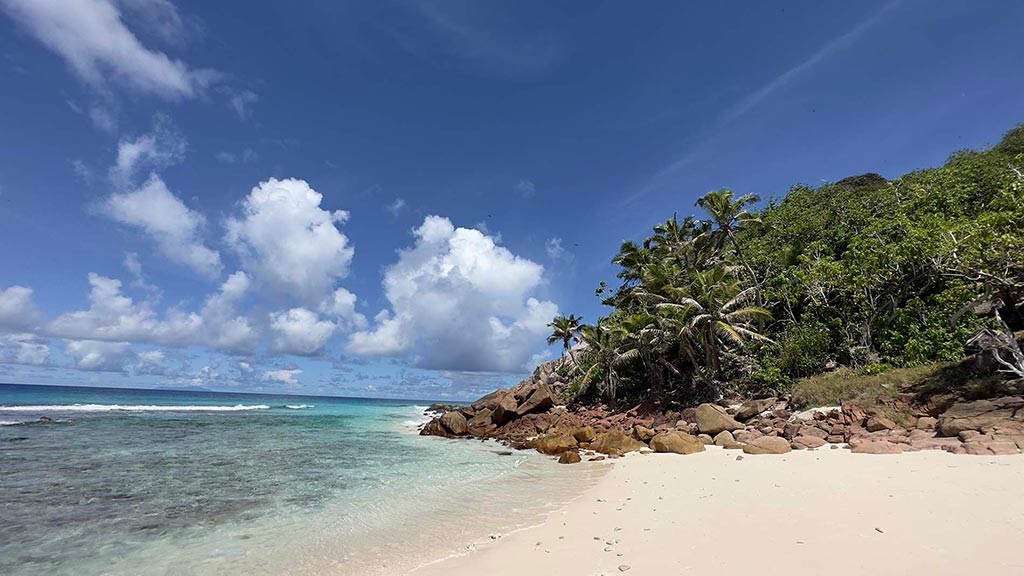






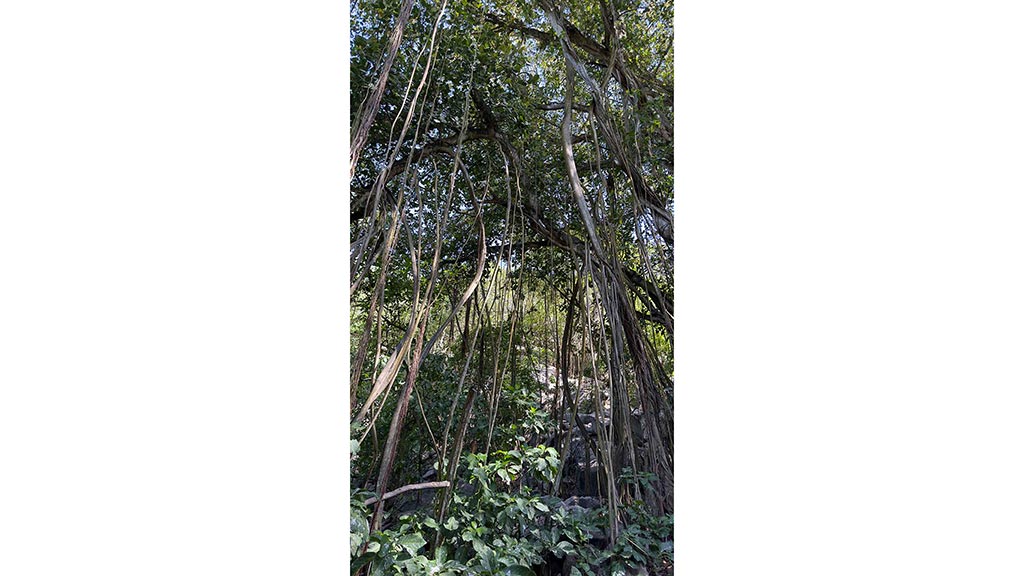
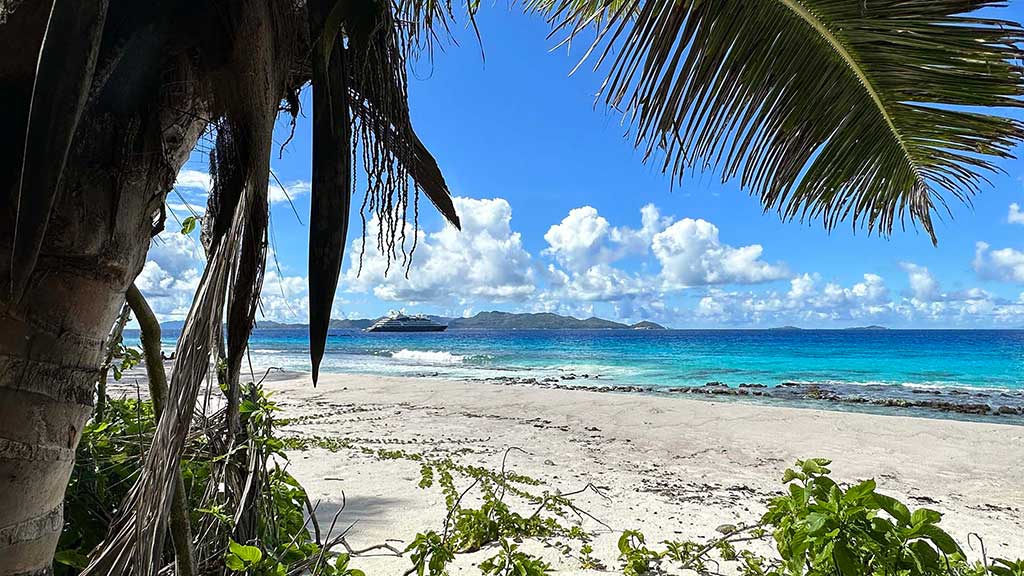
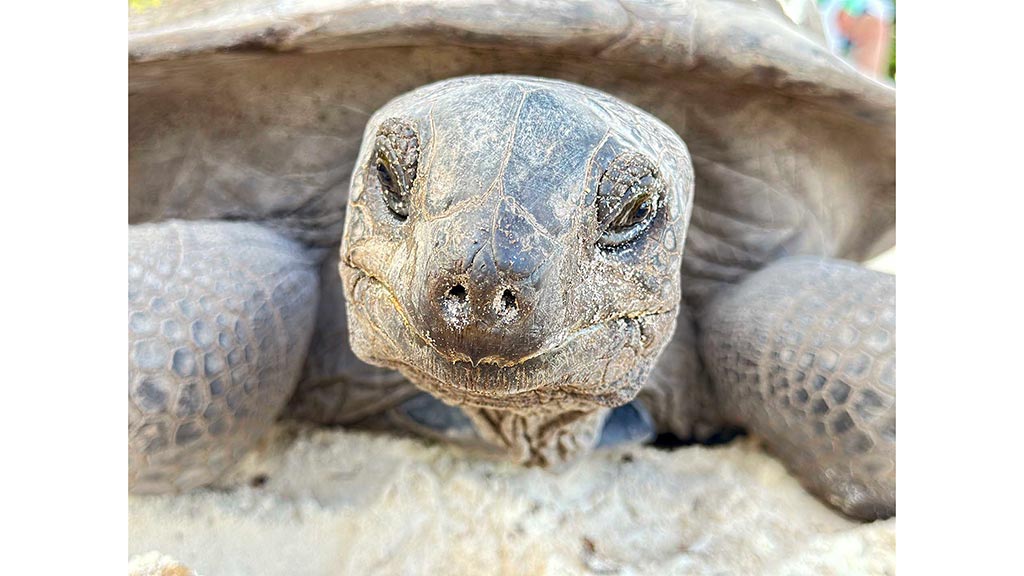
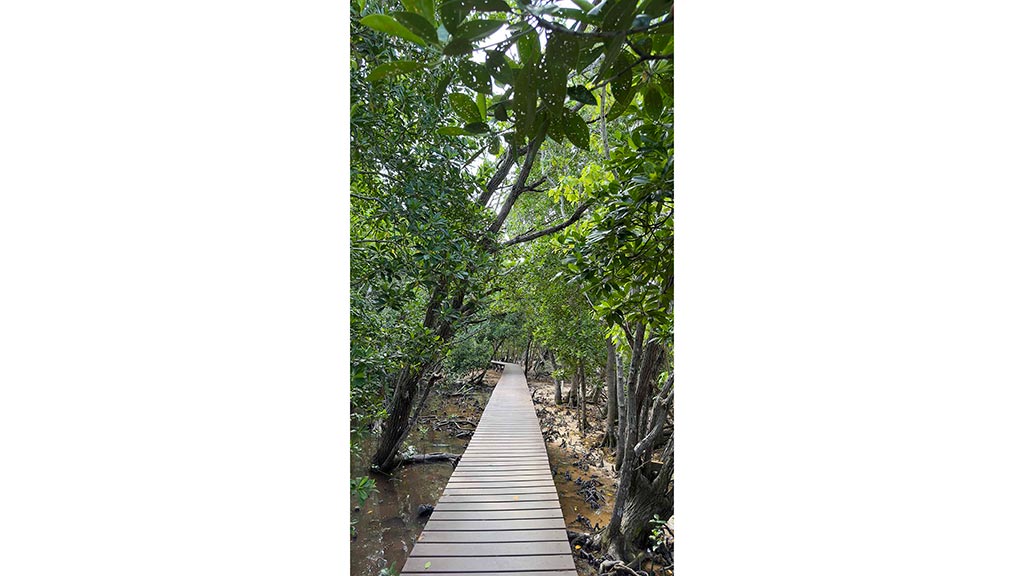
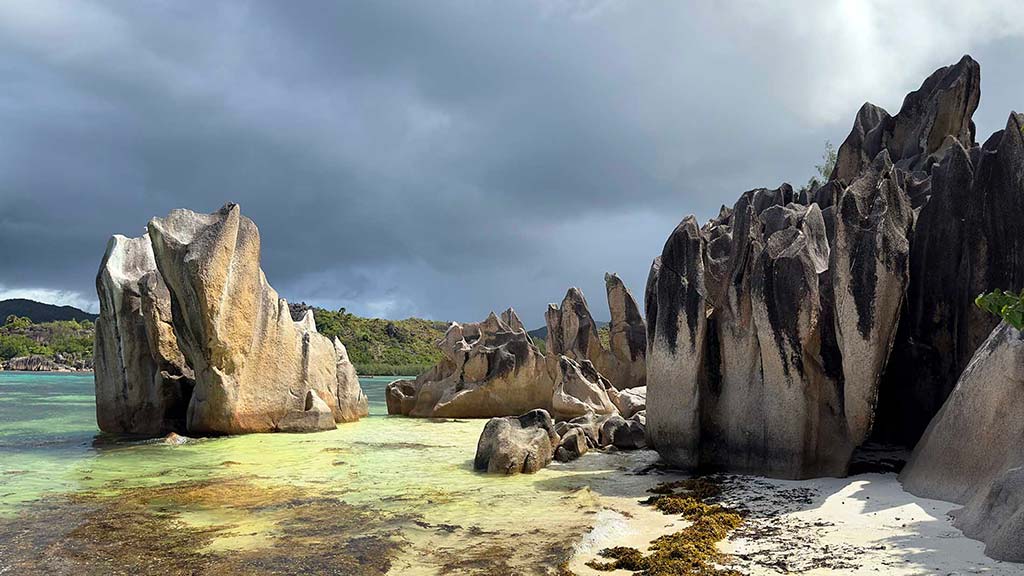
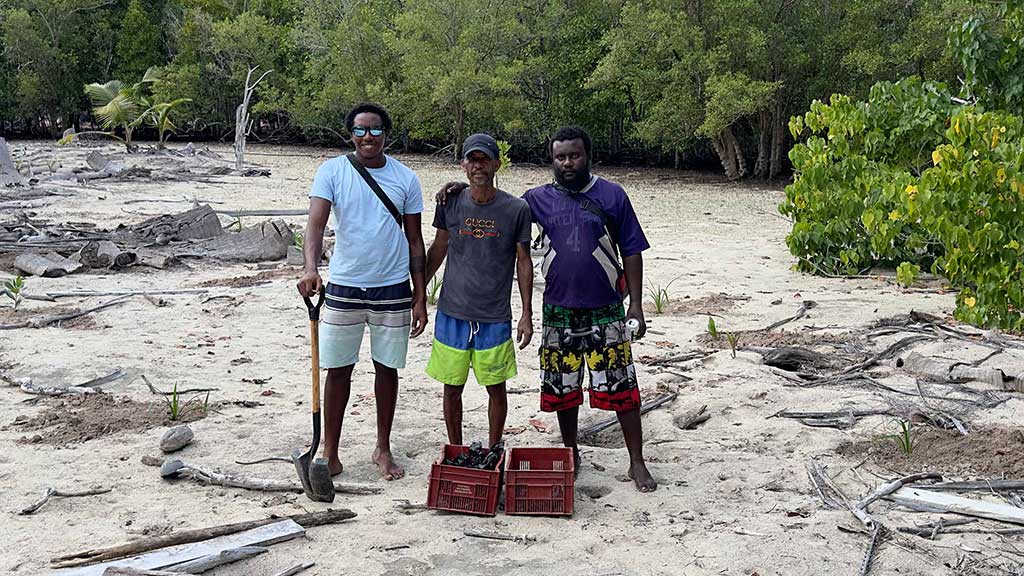






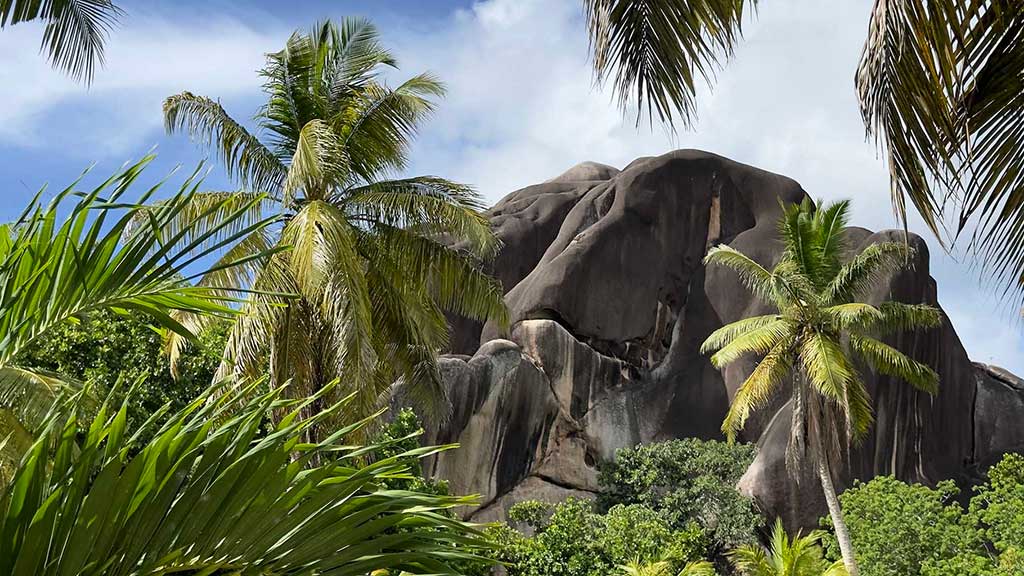
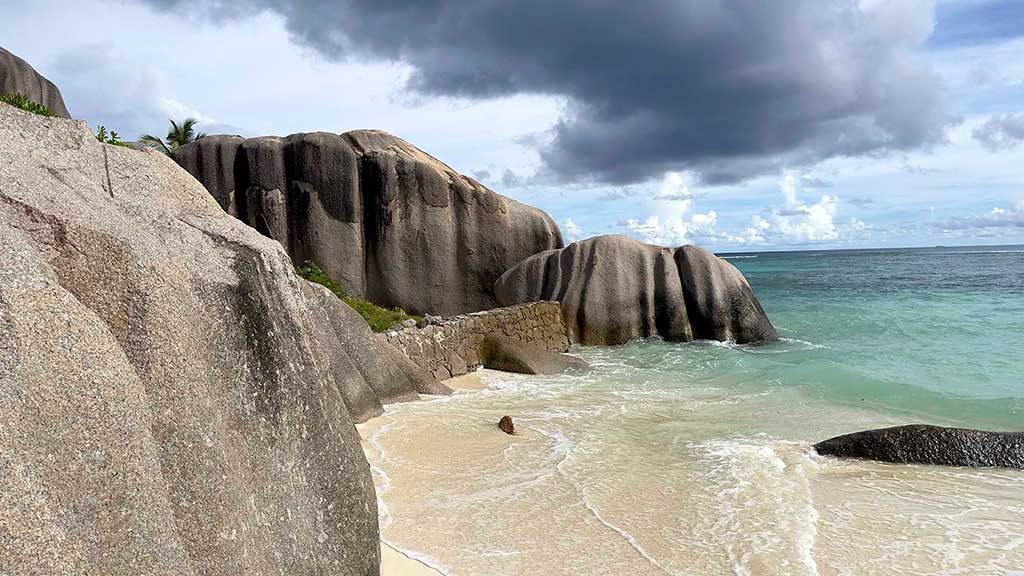
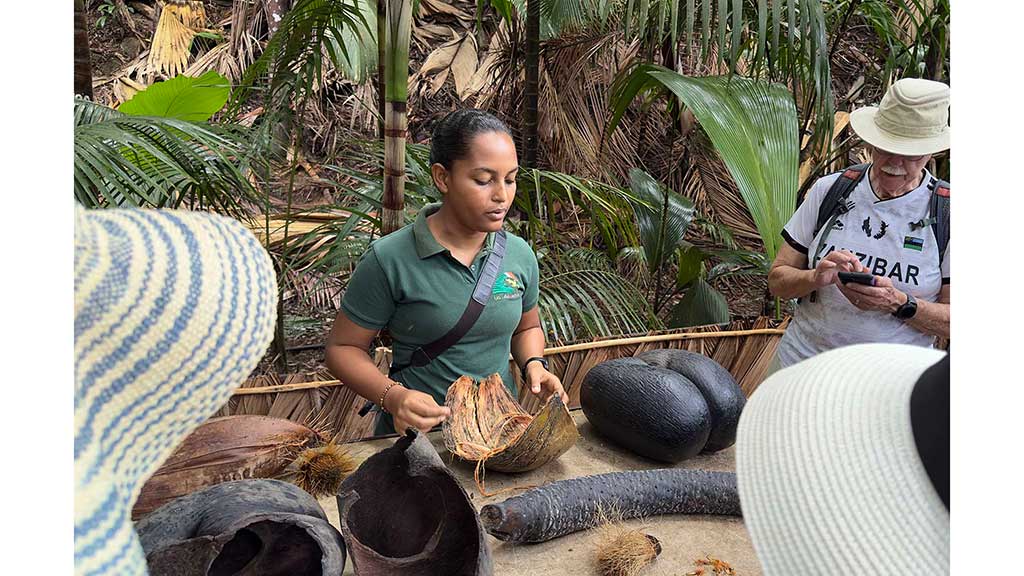
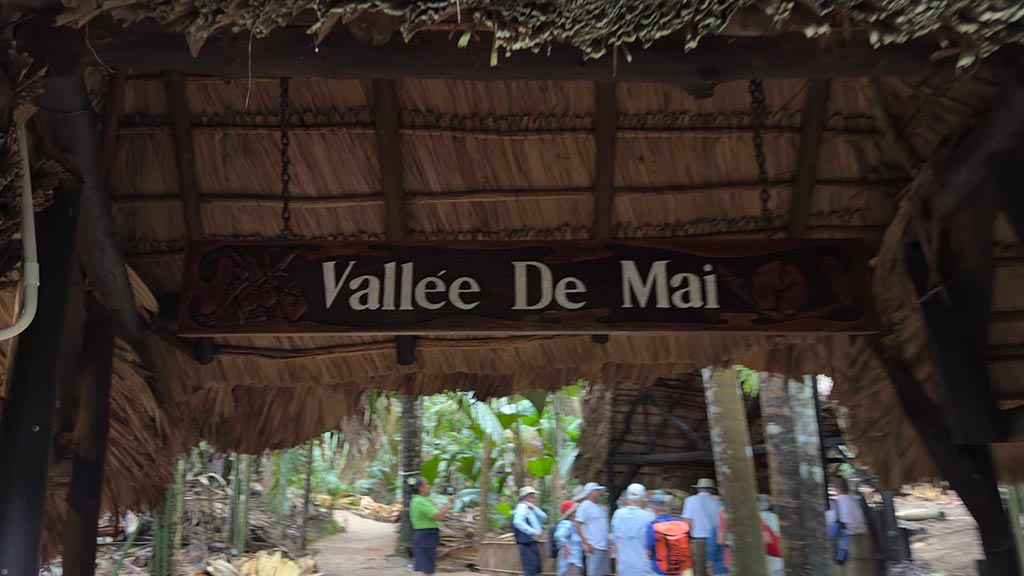
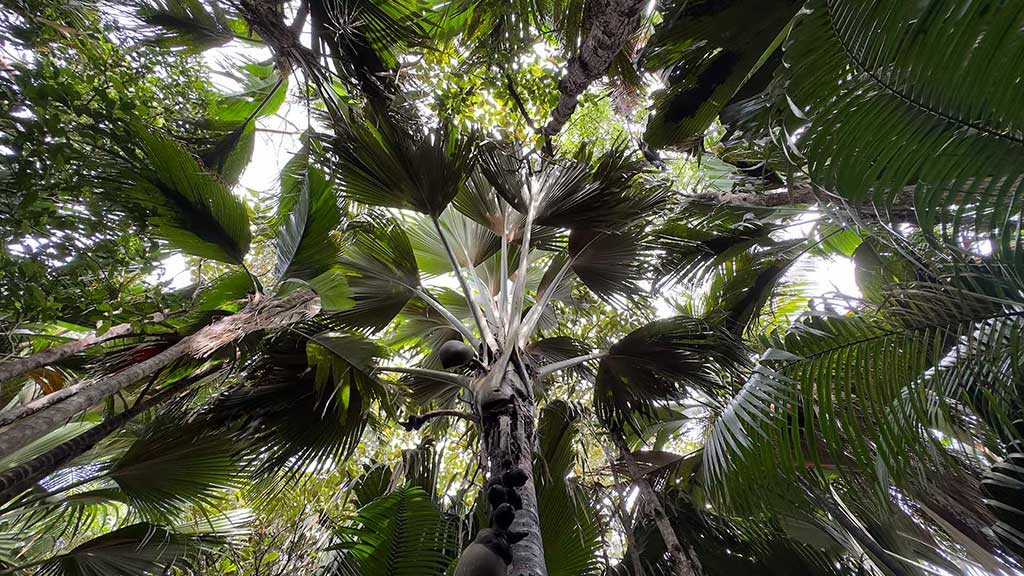
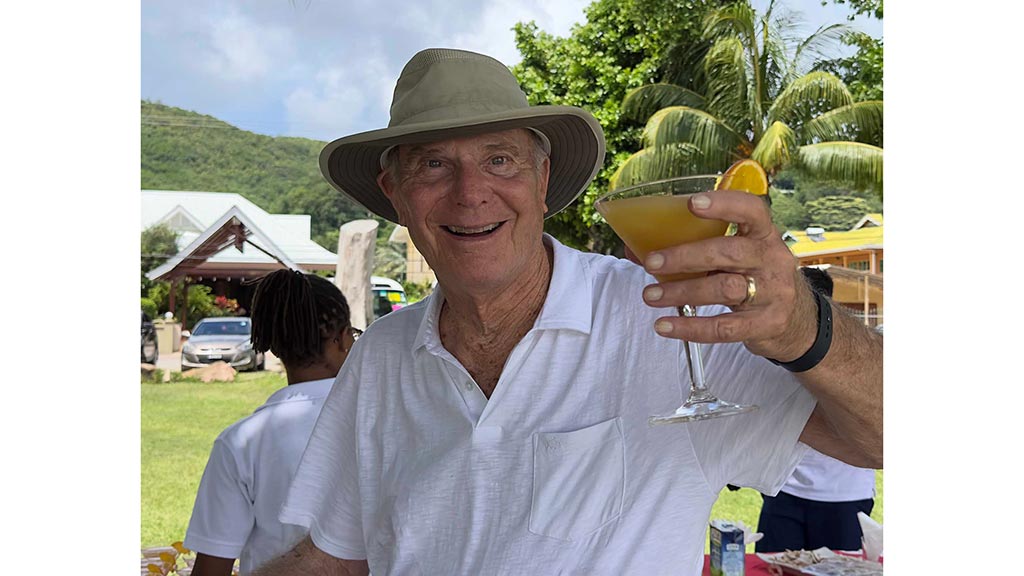

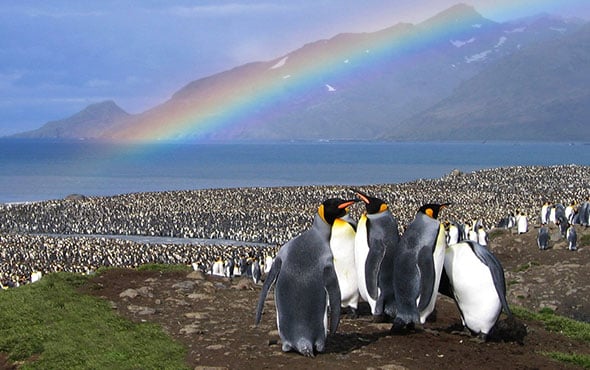

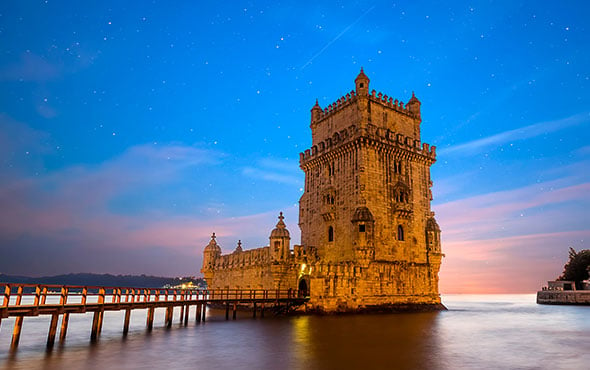

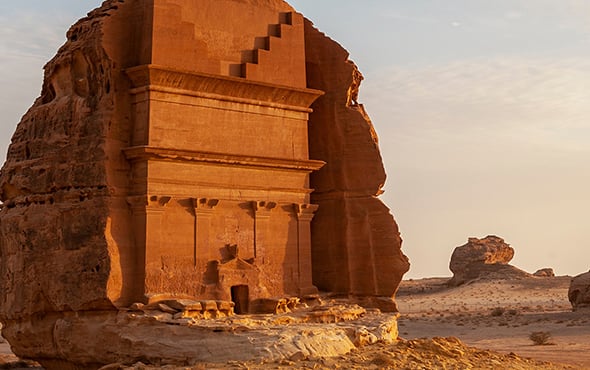
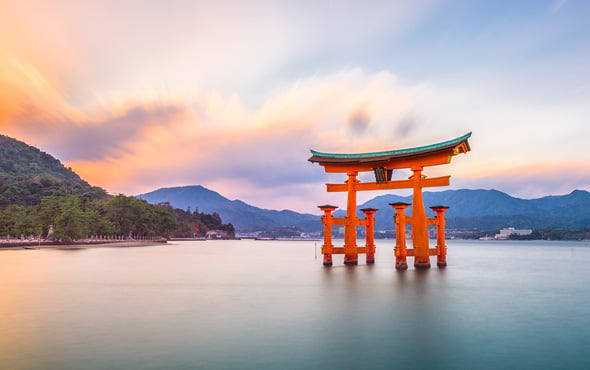
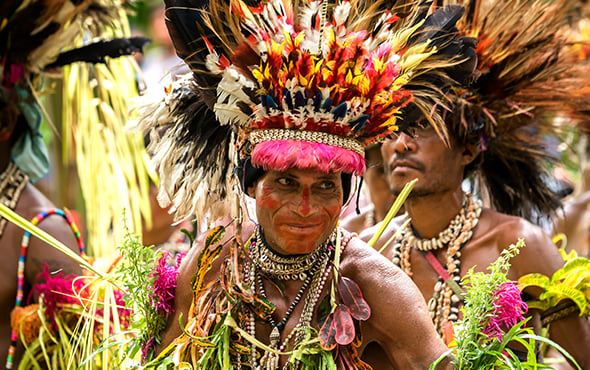
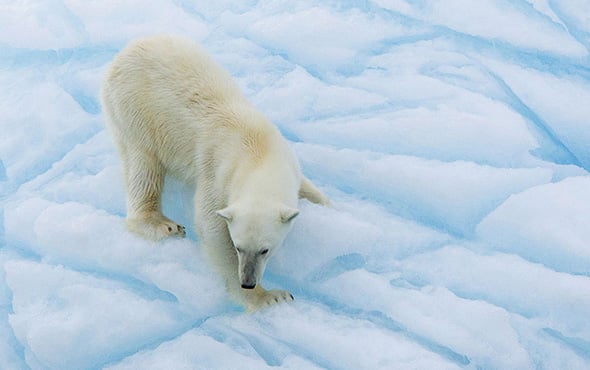
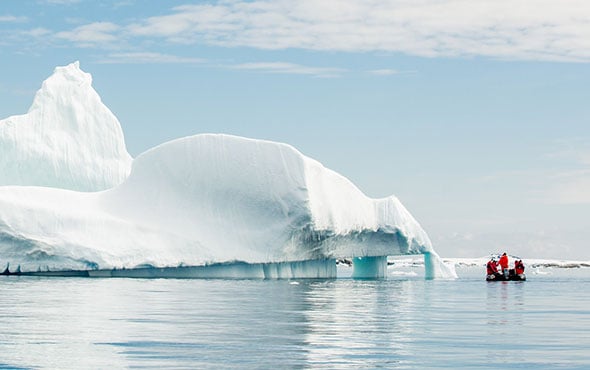
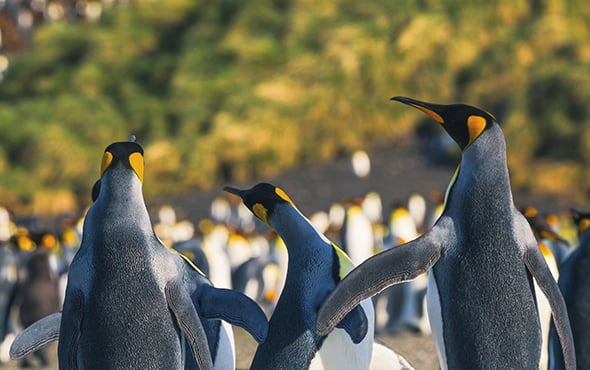




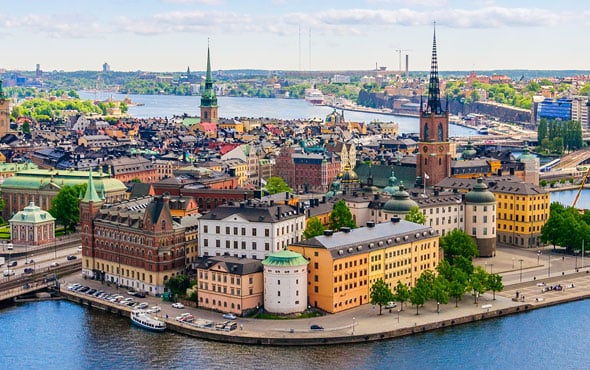


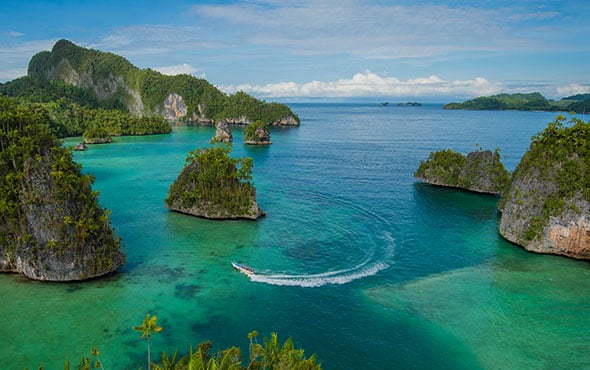
 The Americas
The Americas
 Europe, Middle East and Africa
Europe, Middle East and Africa Australia, NZ and Asia
Australia, NZ and Asia